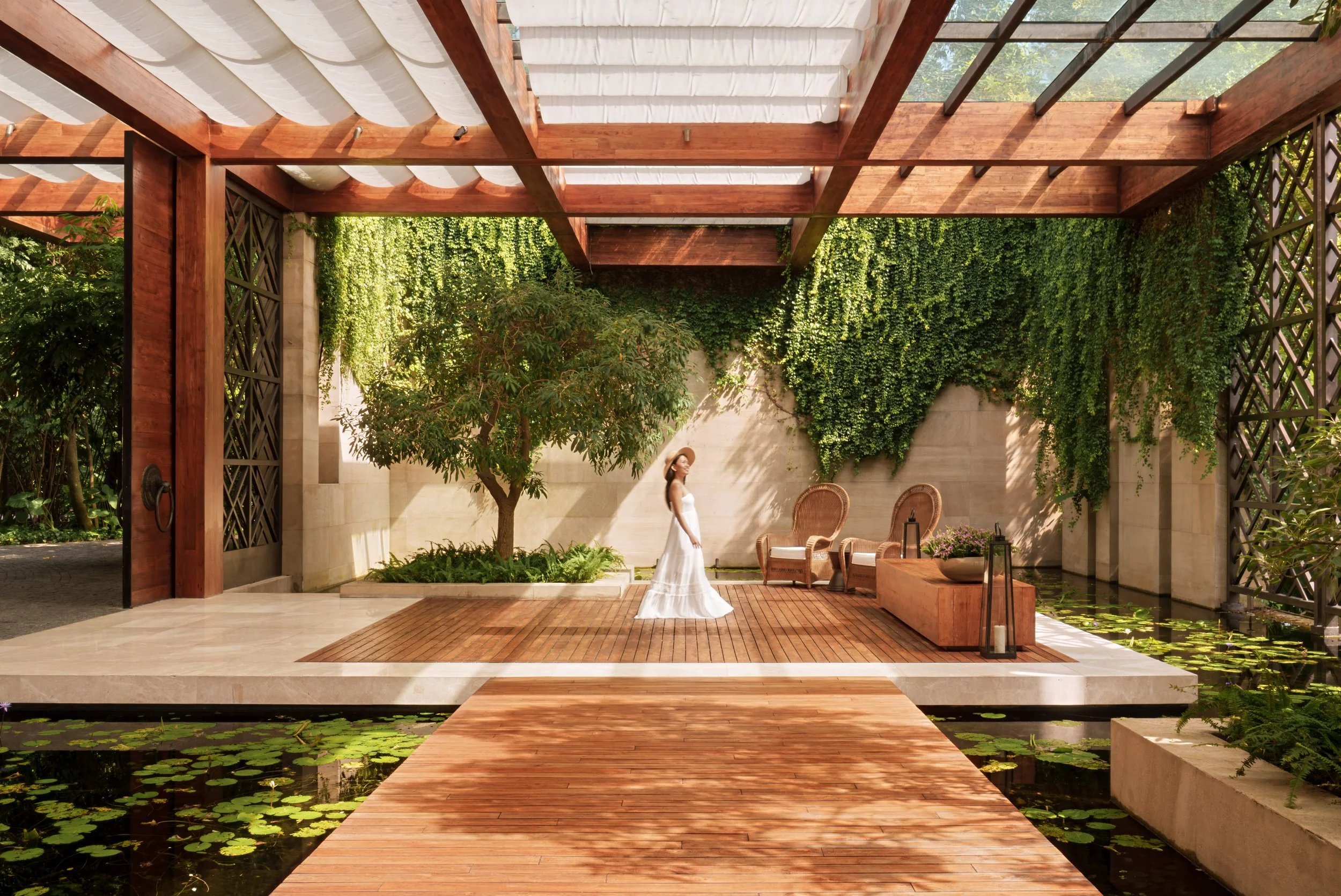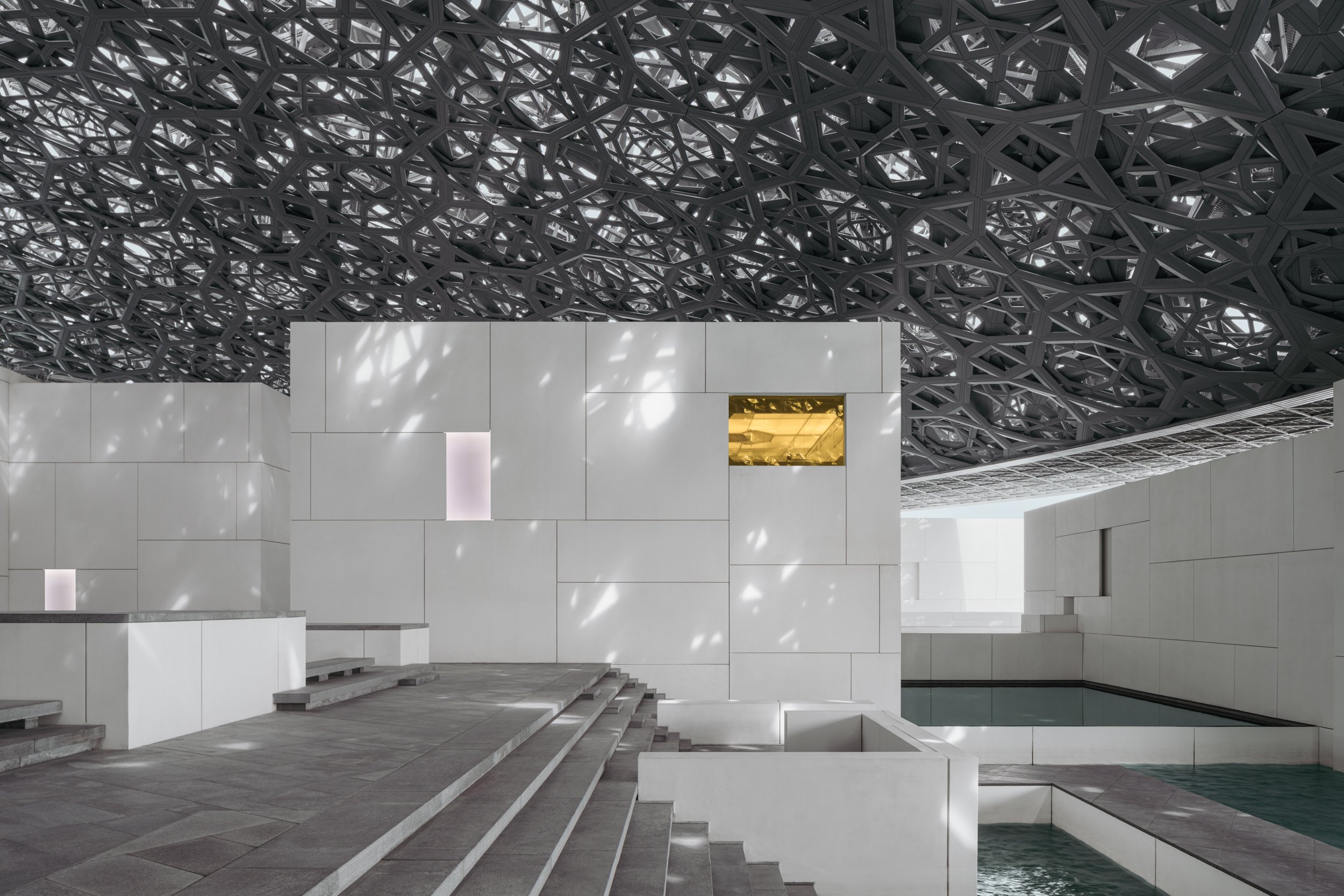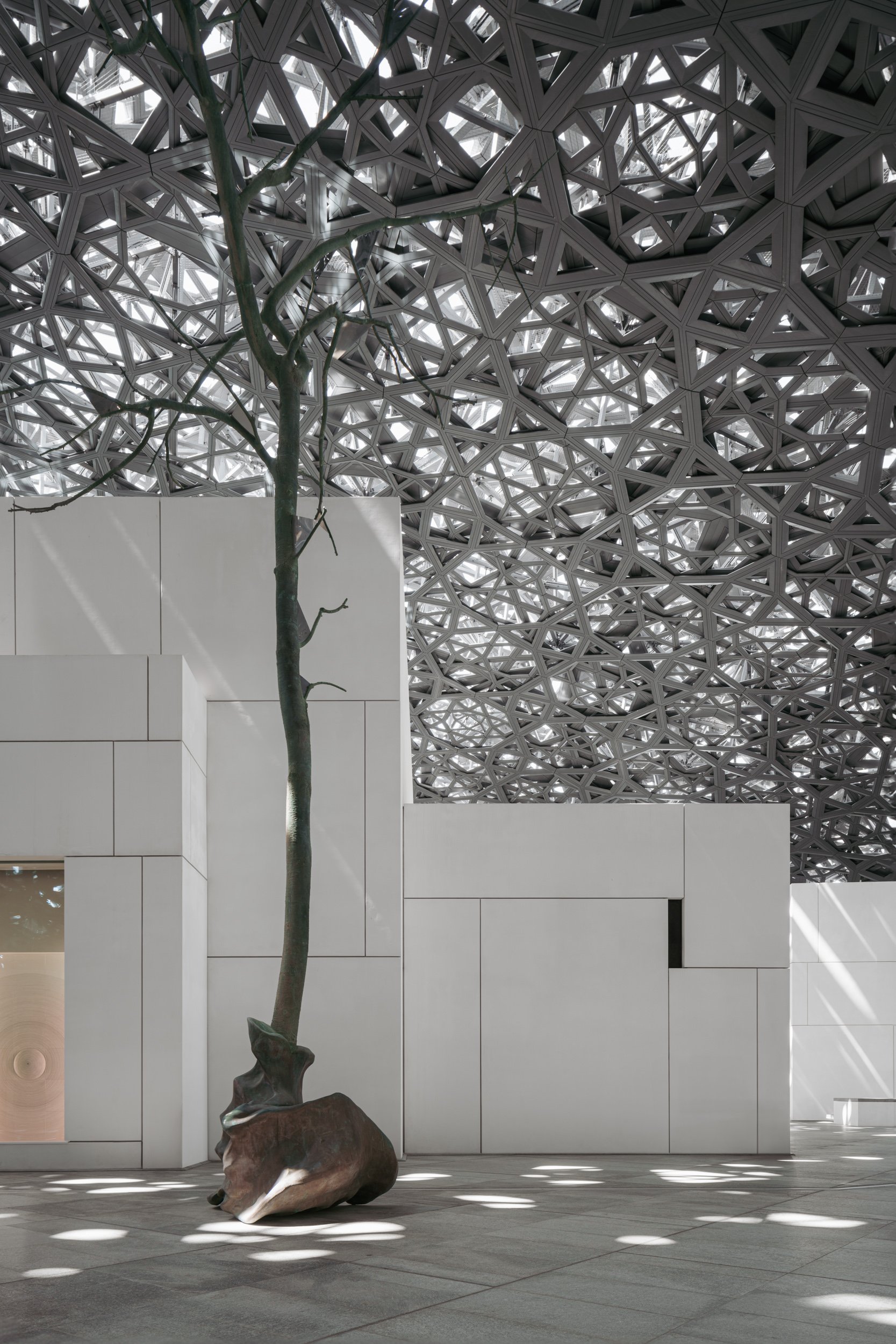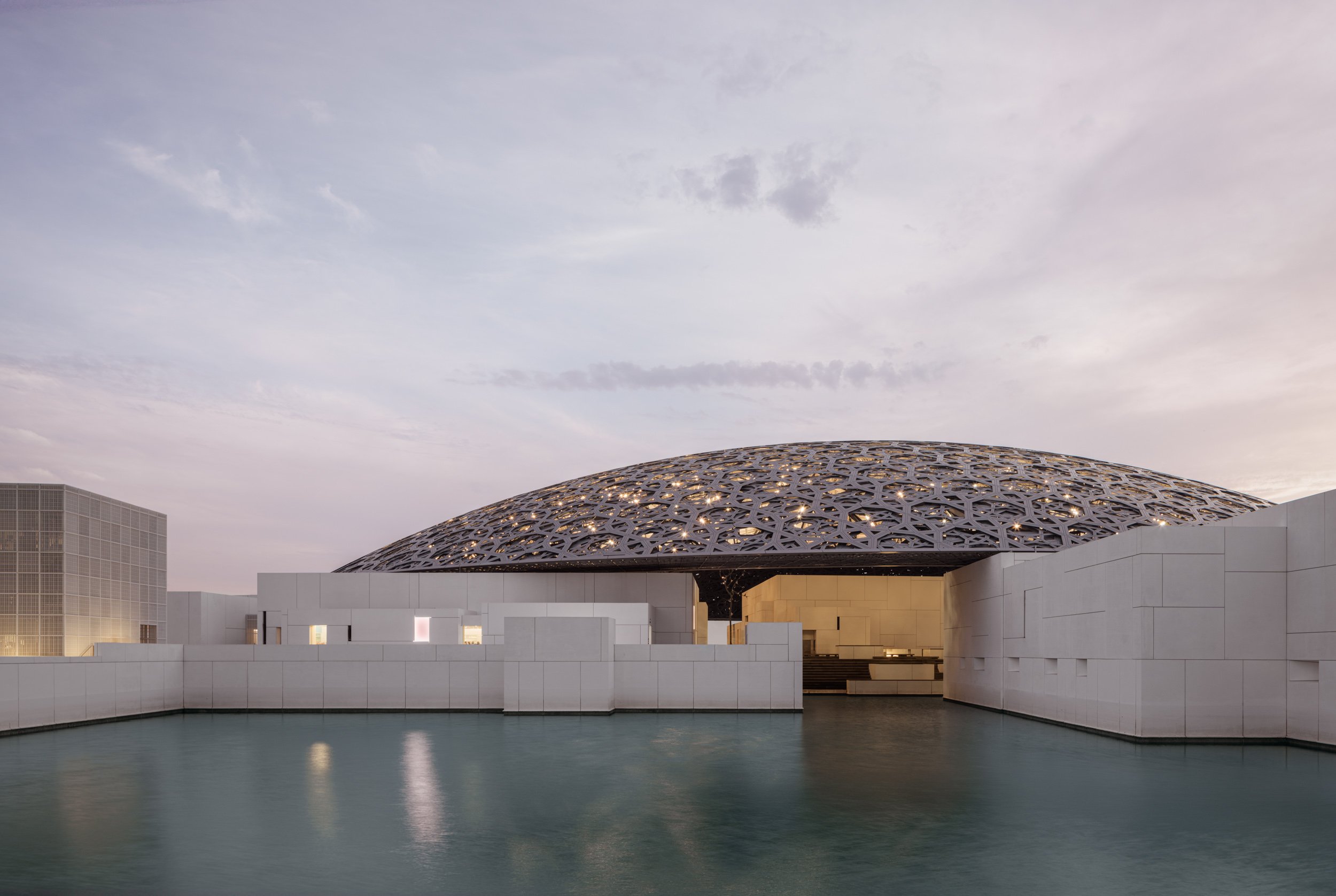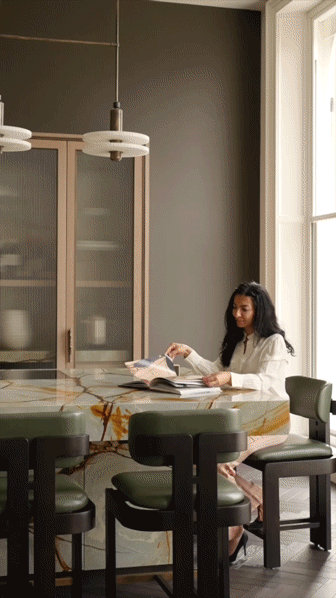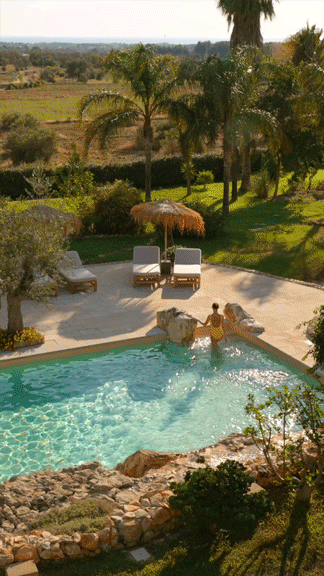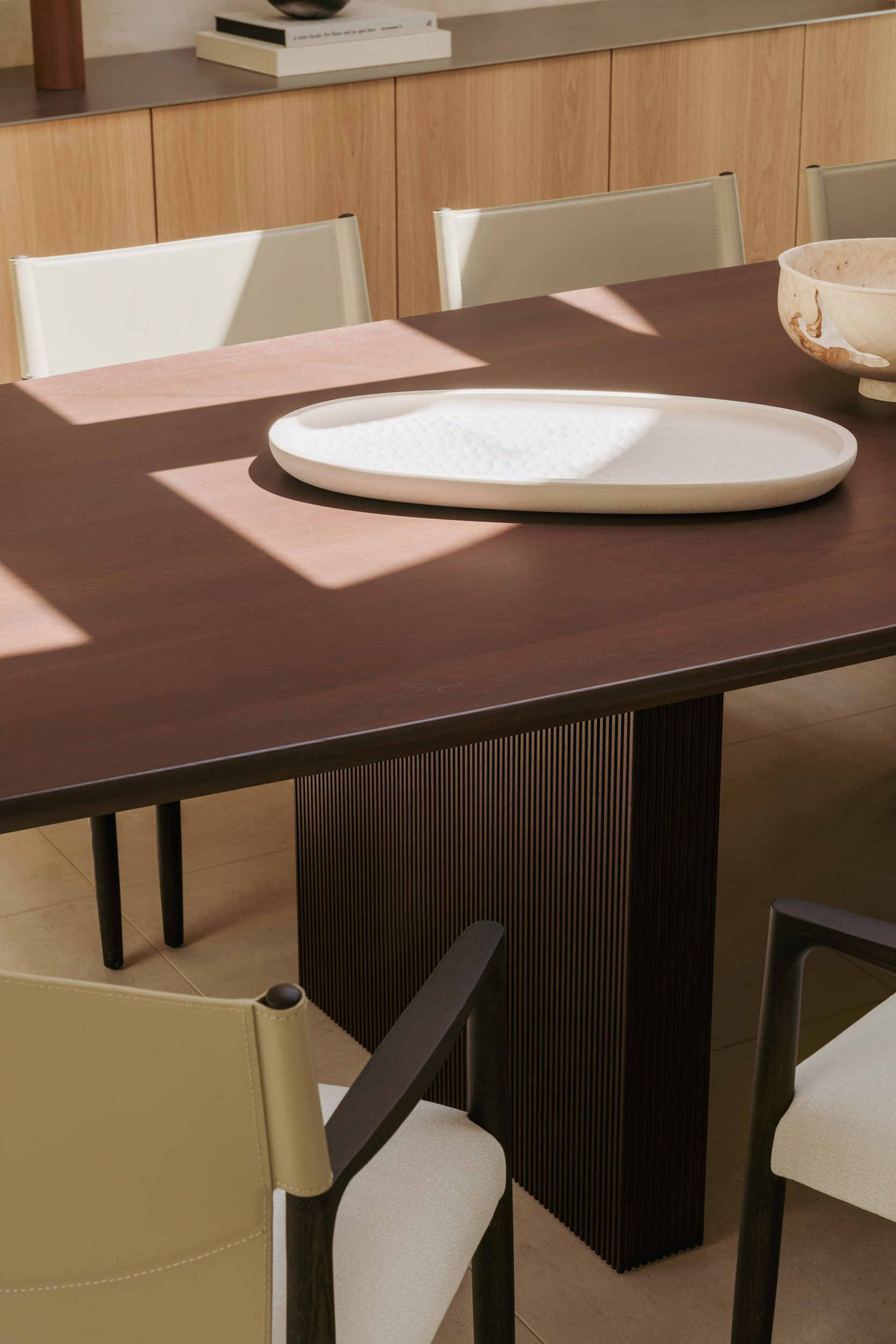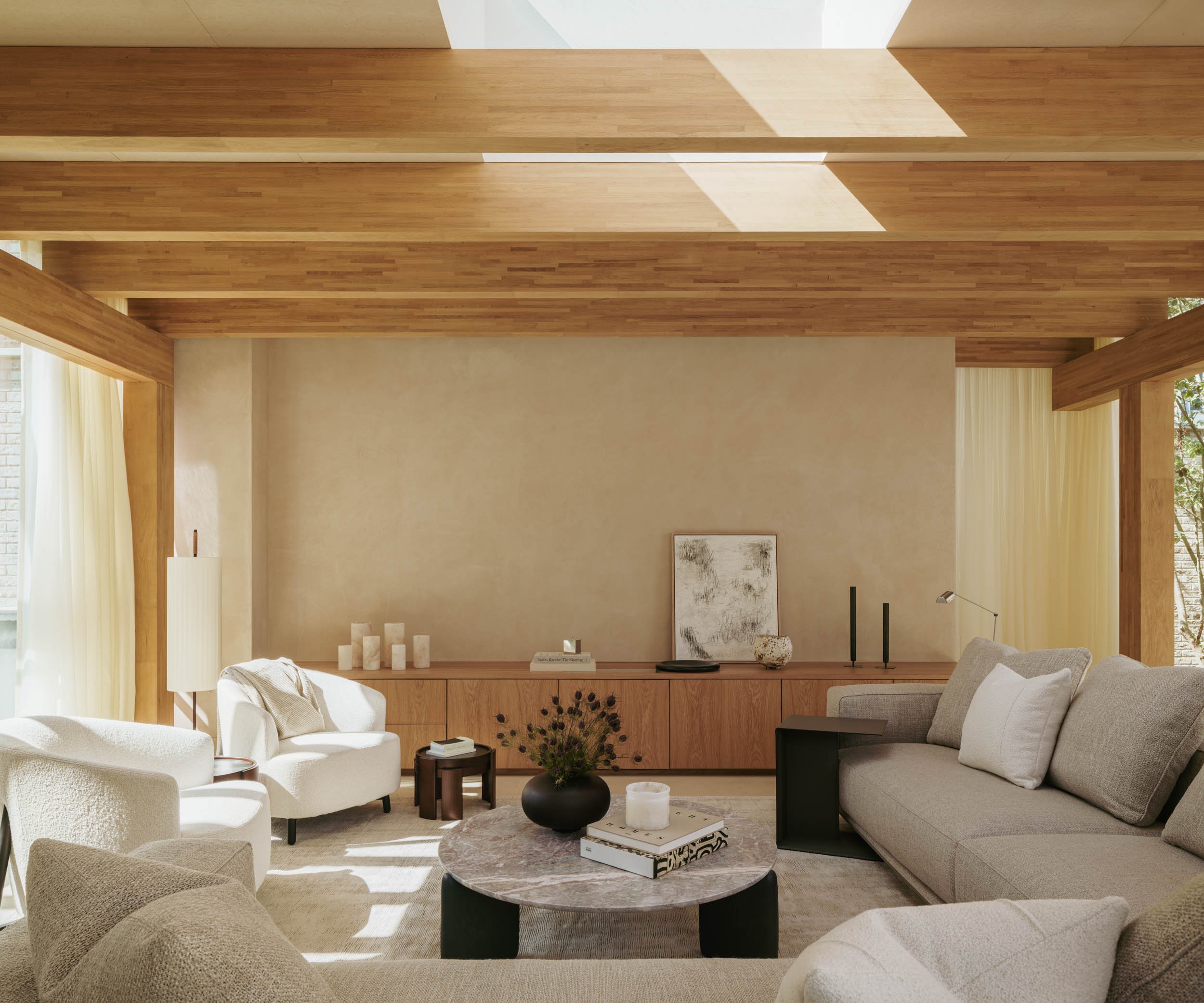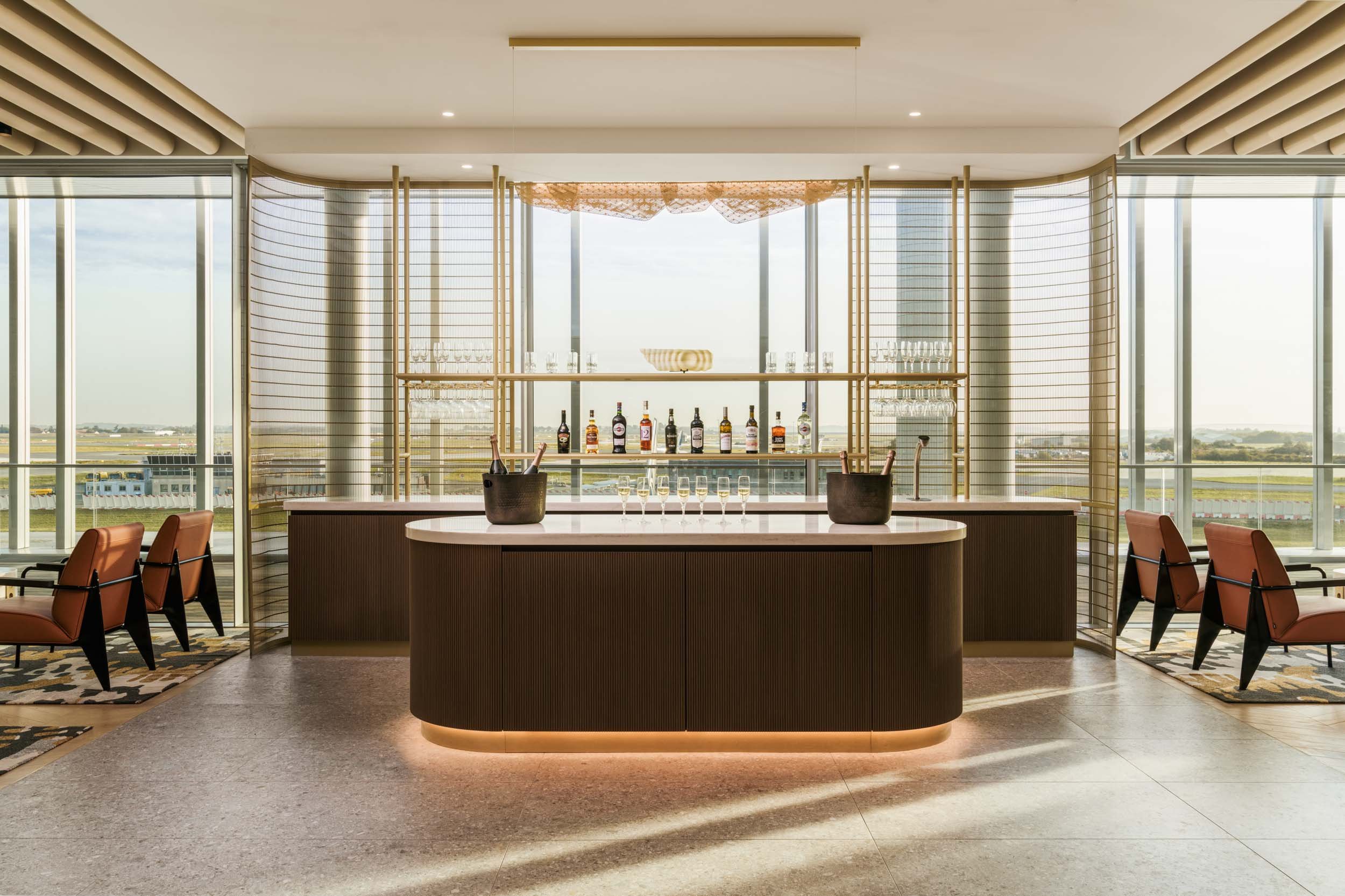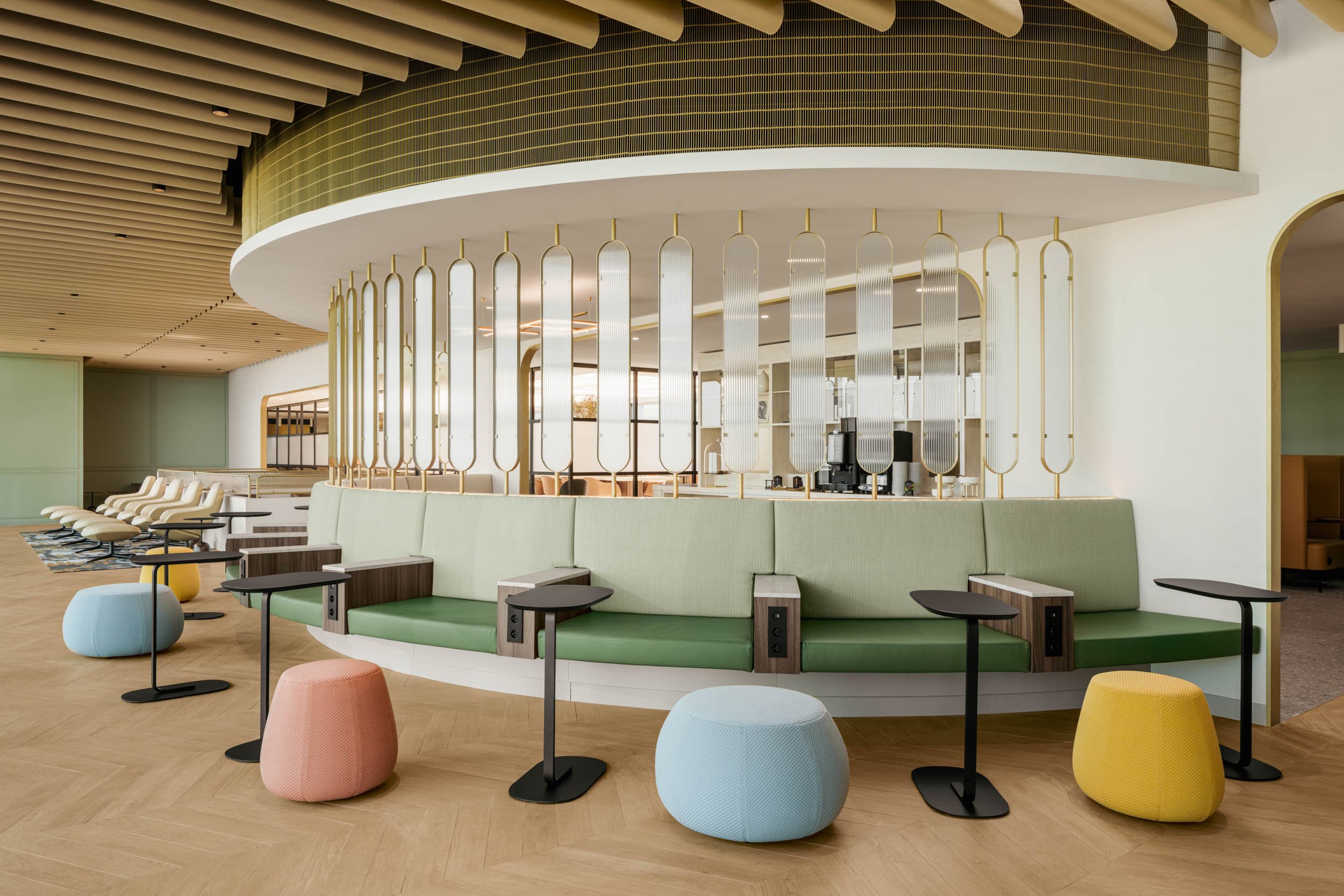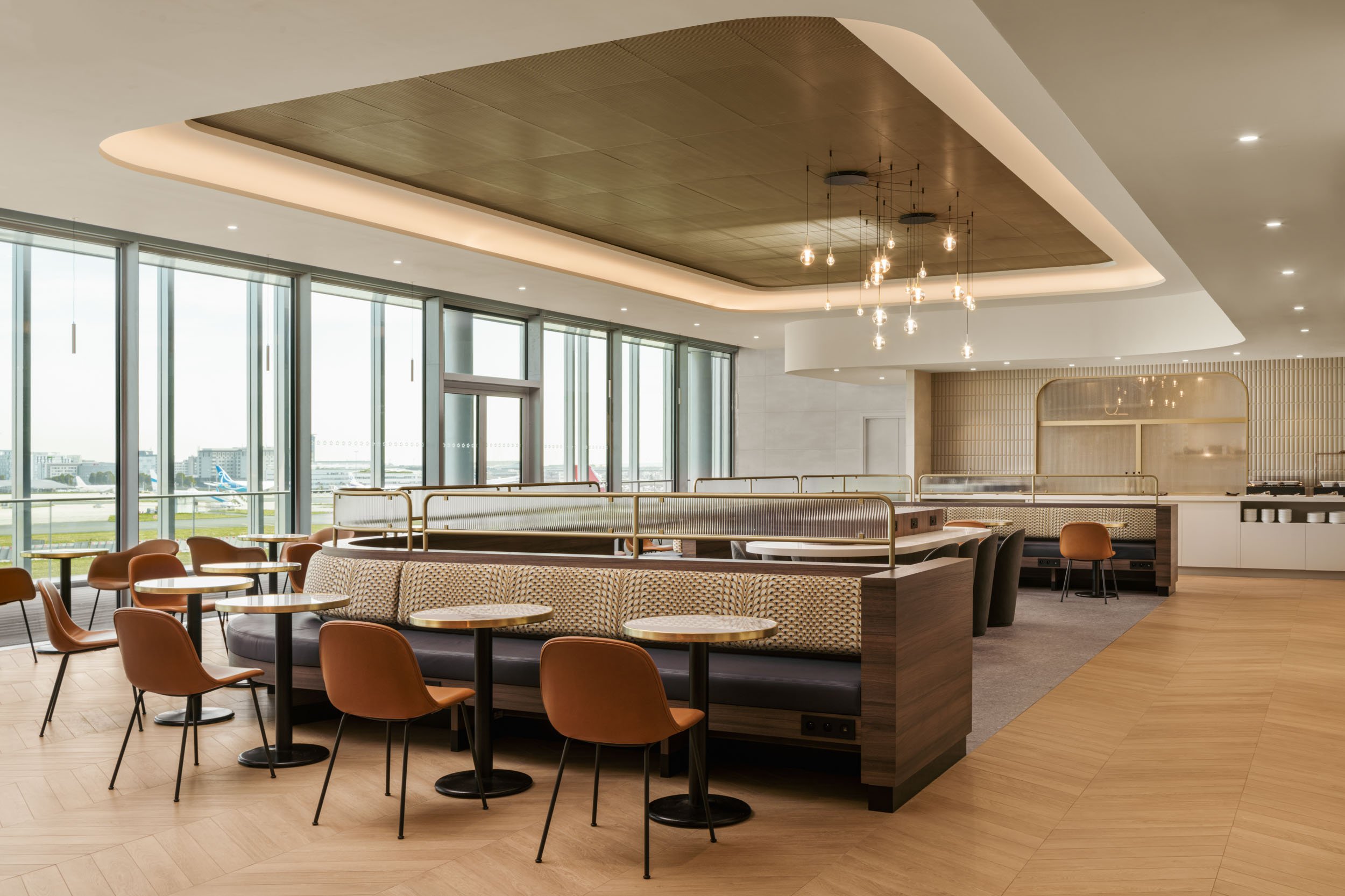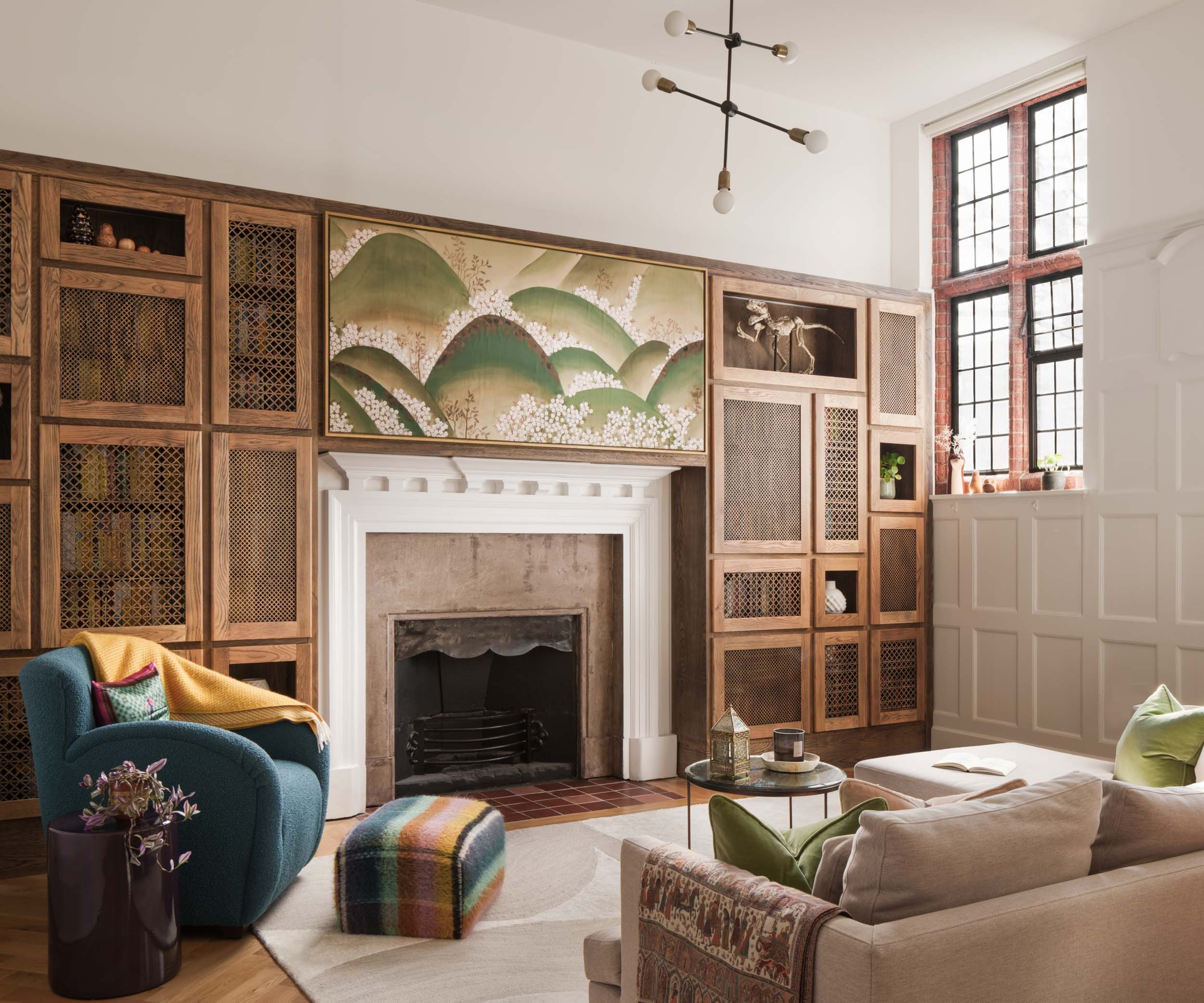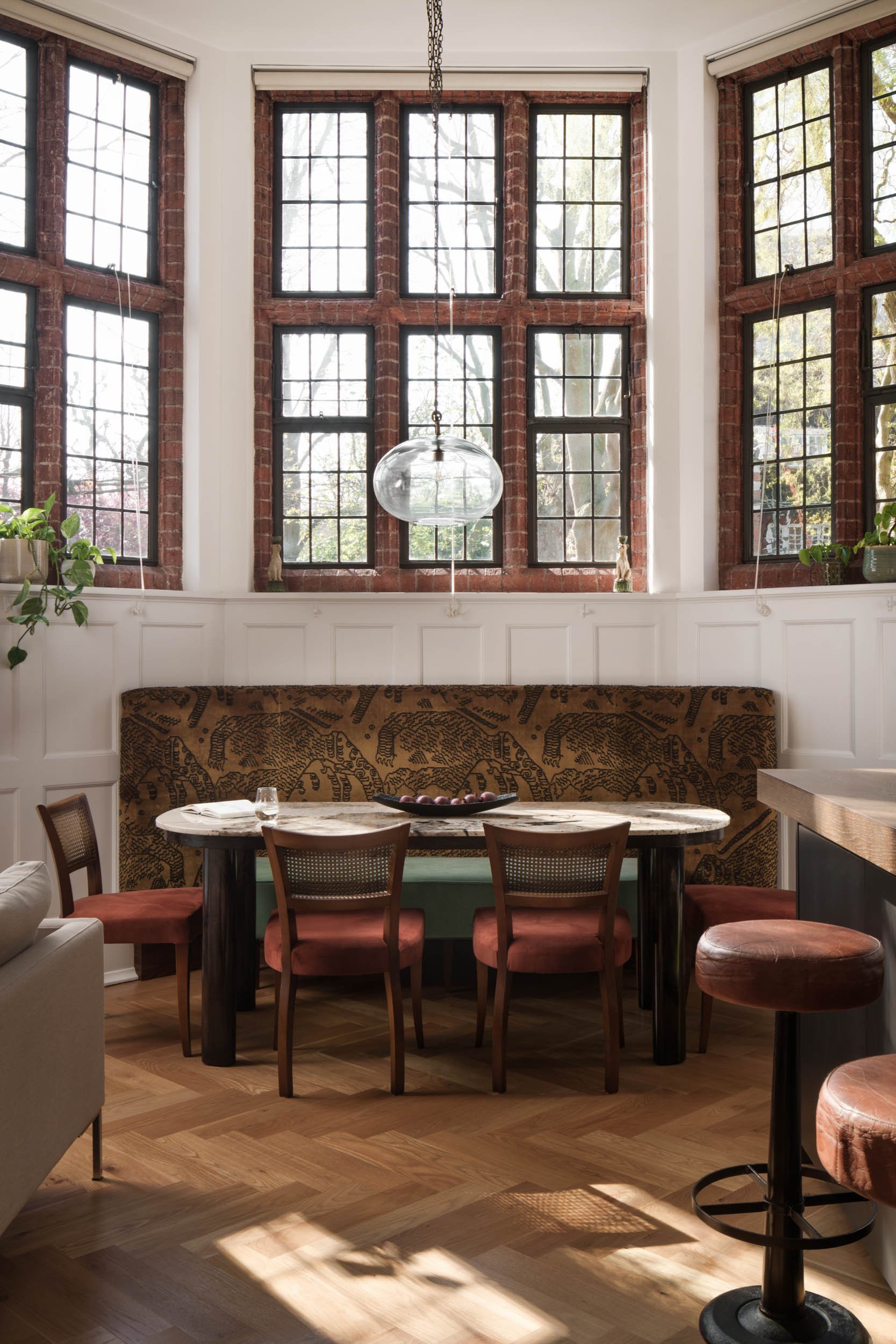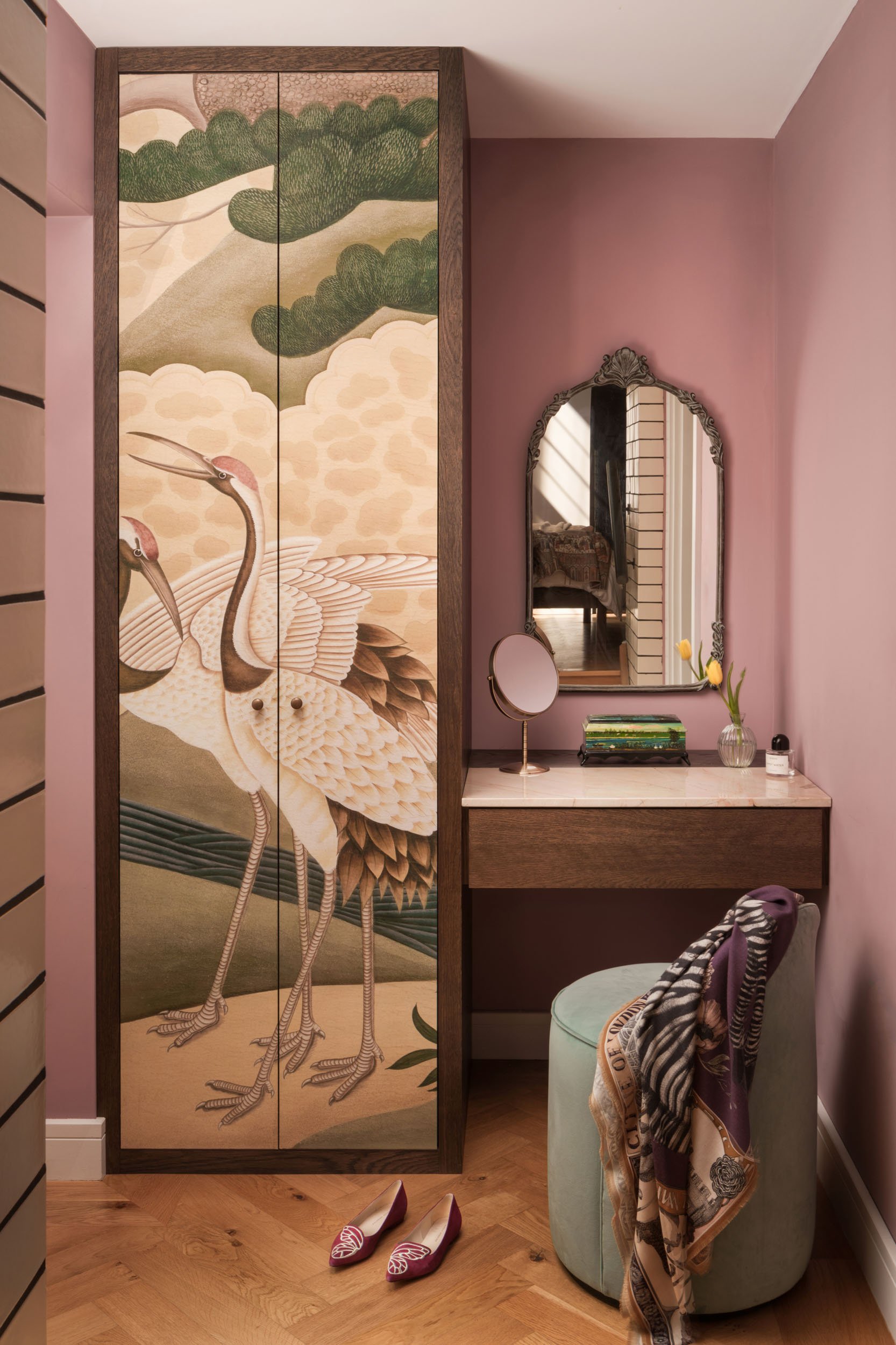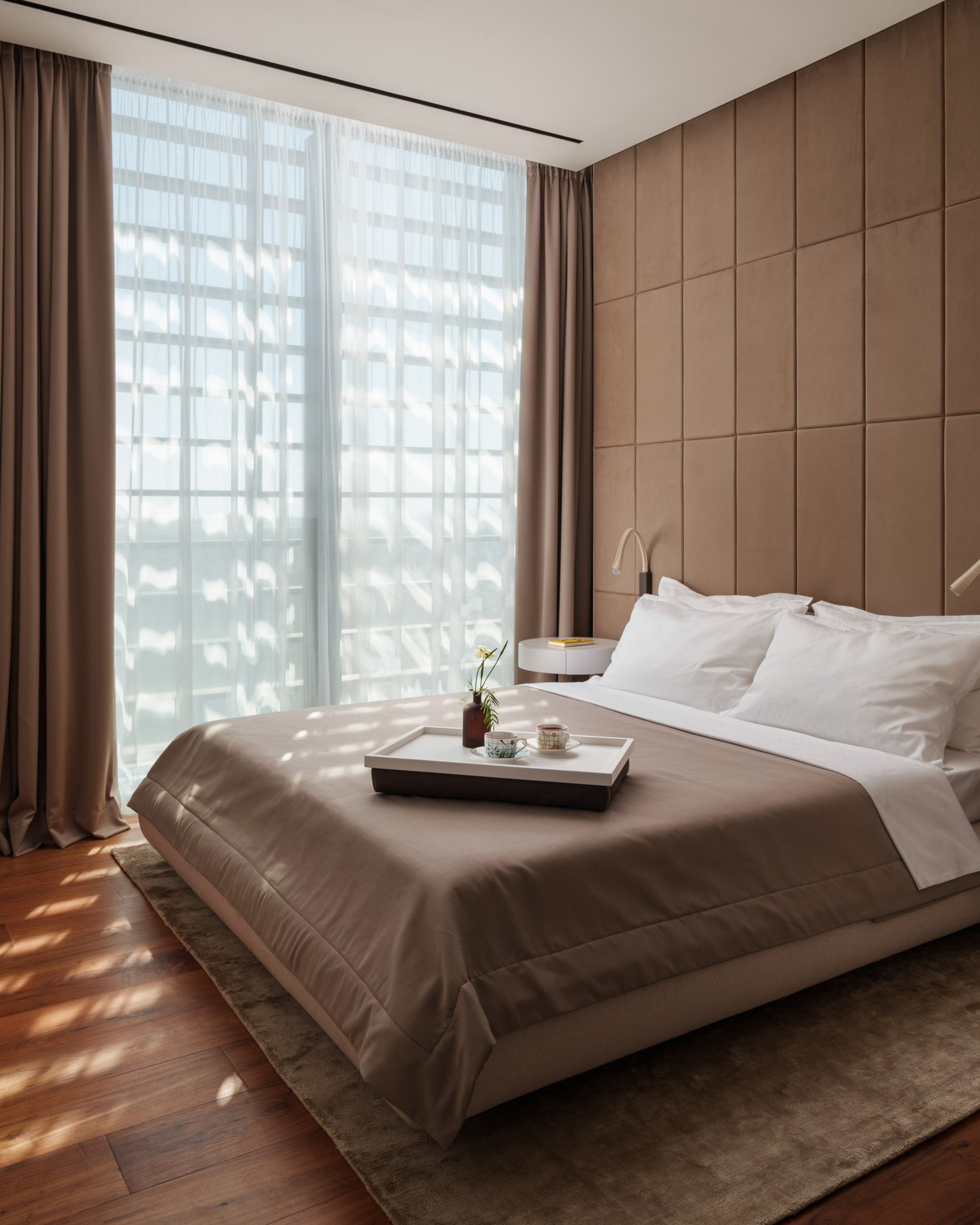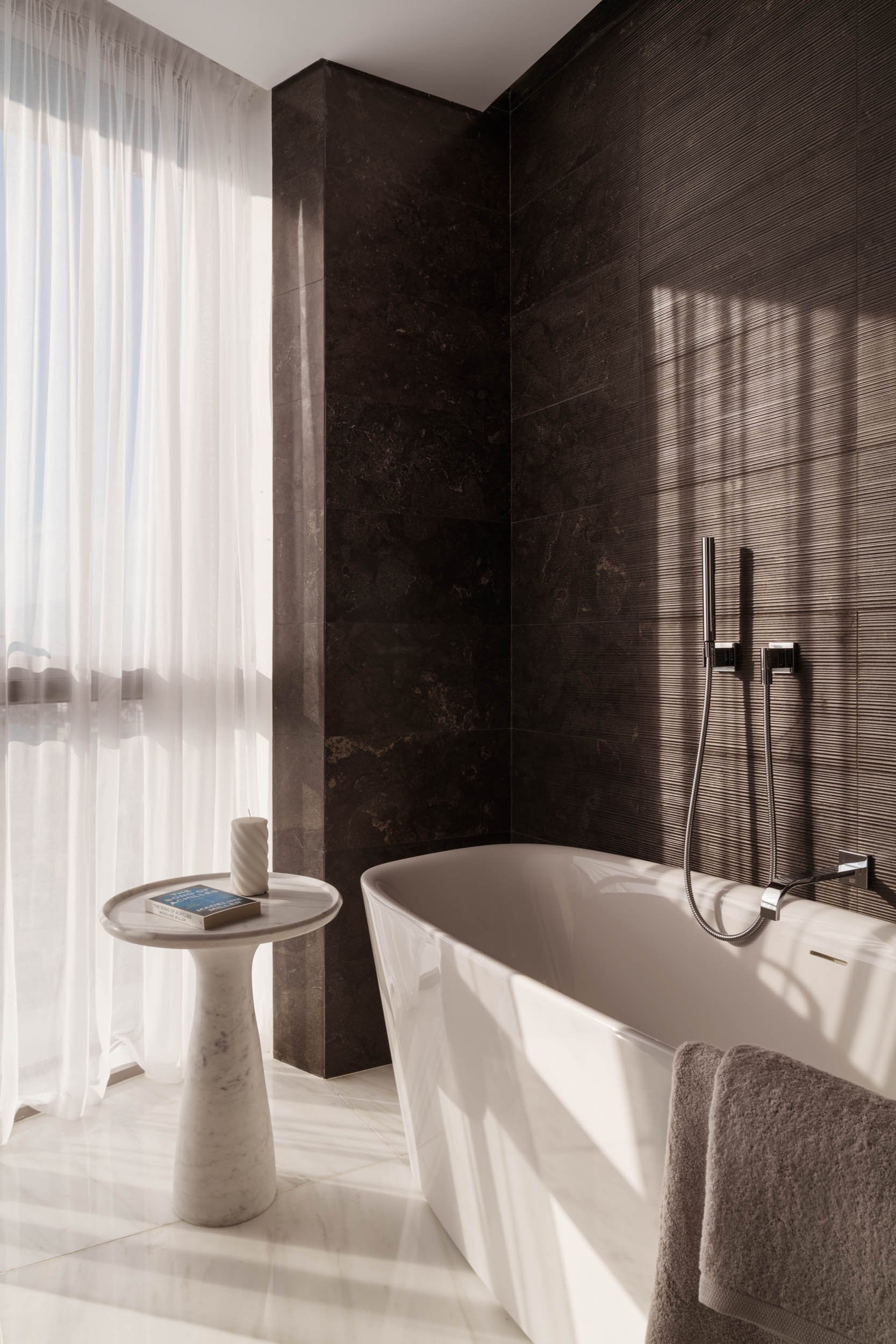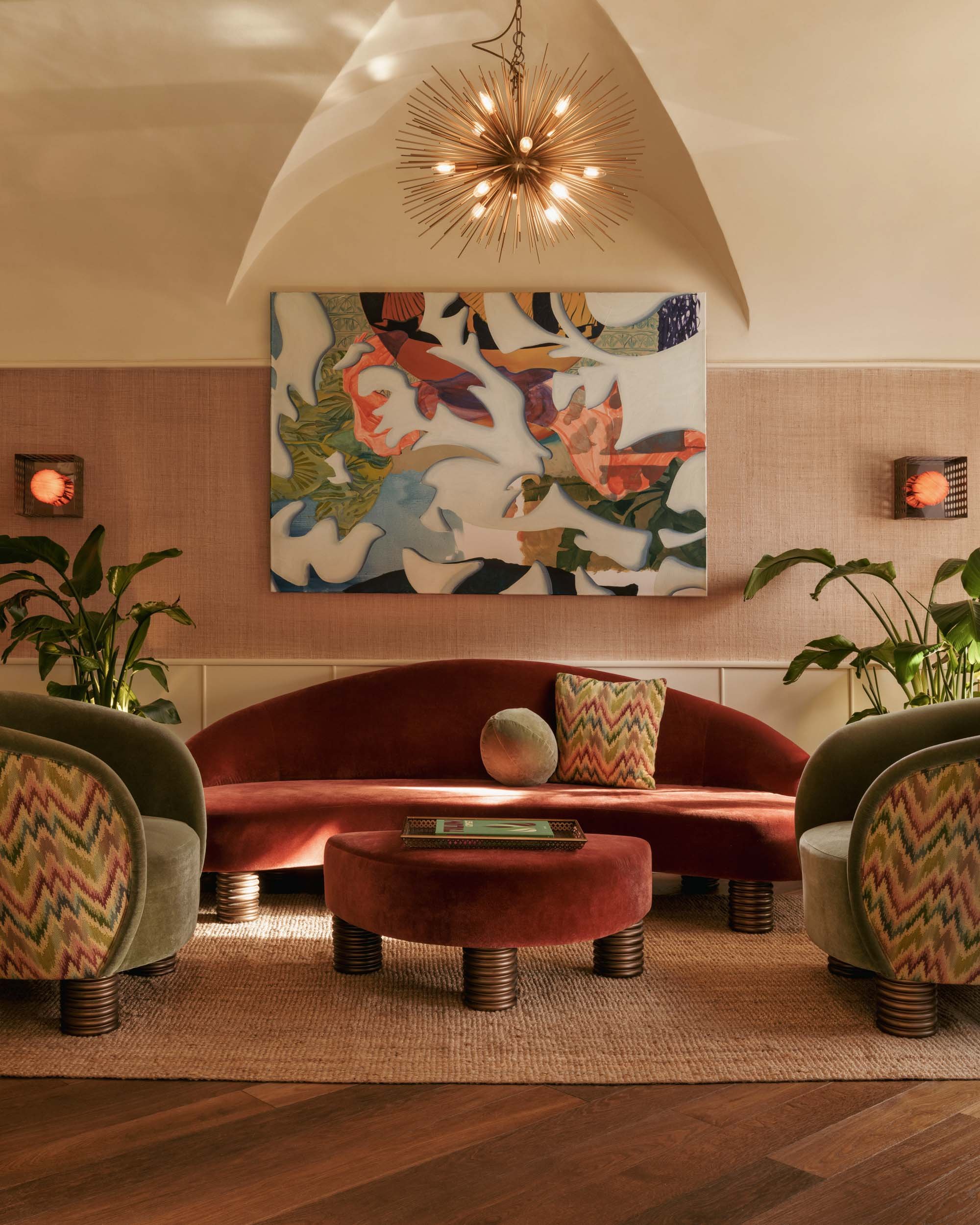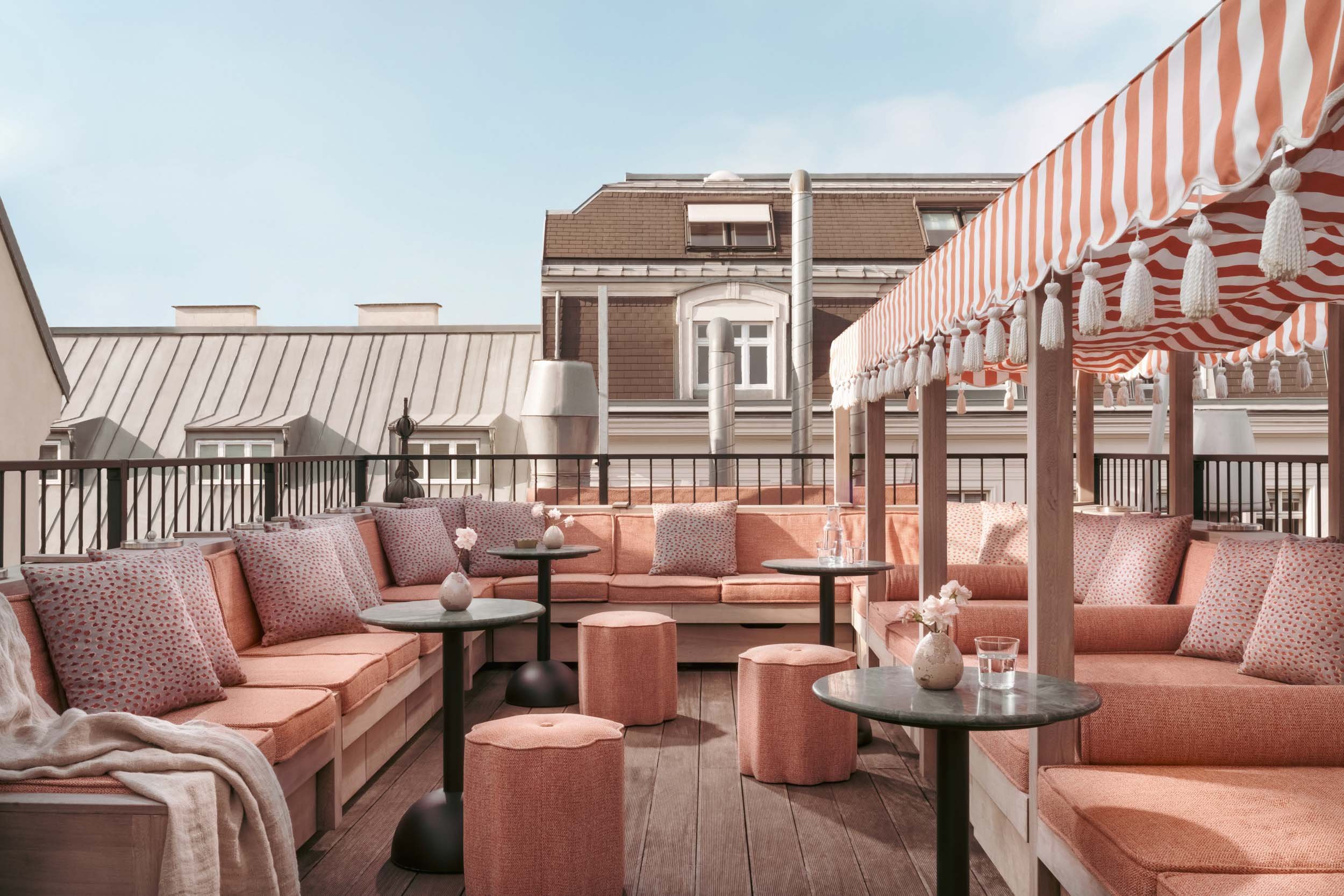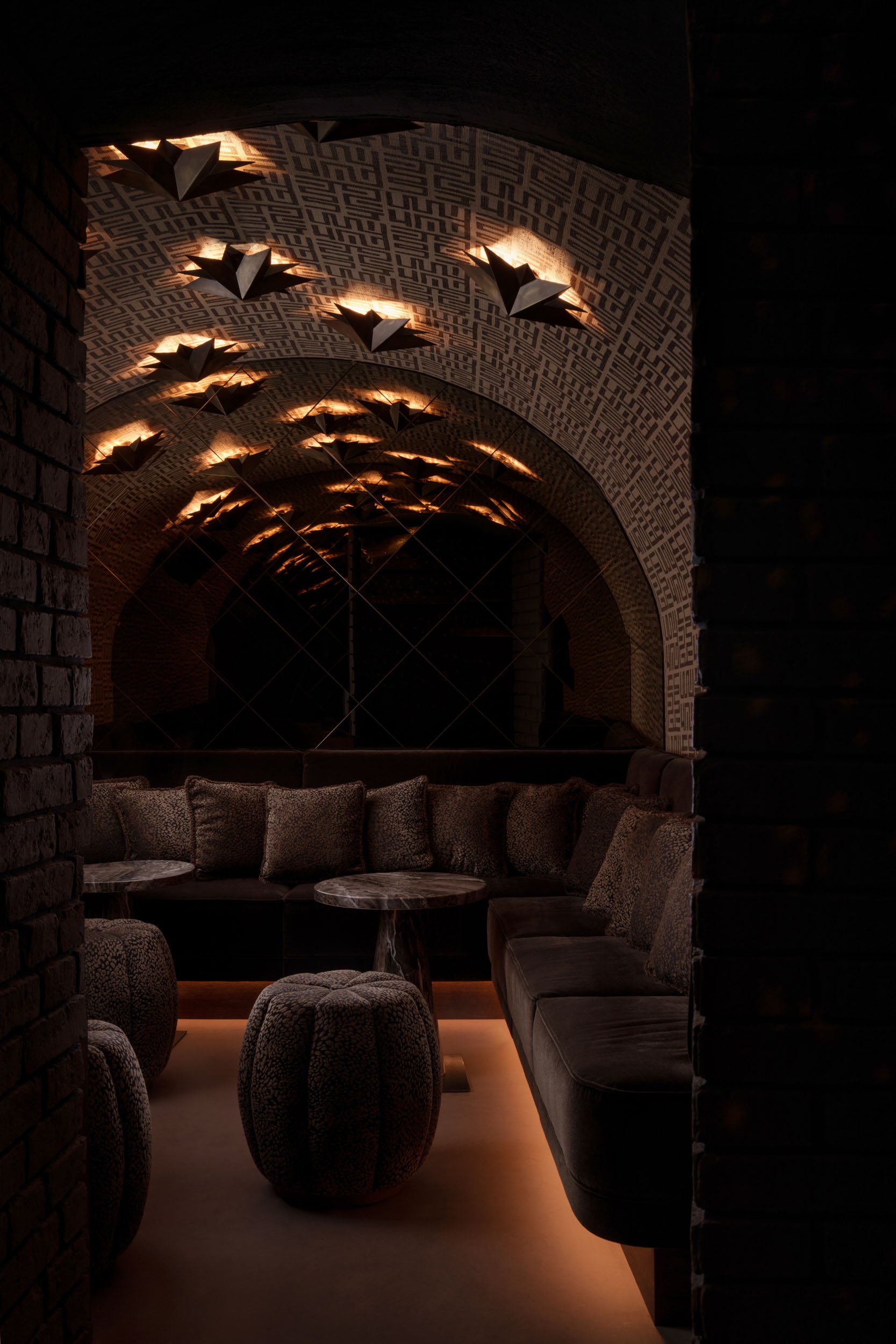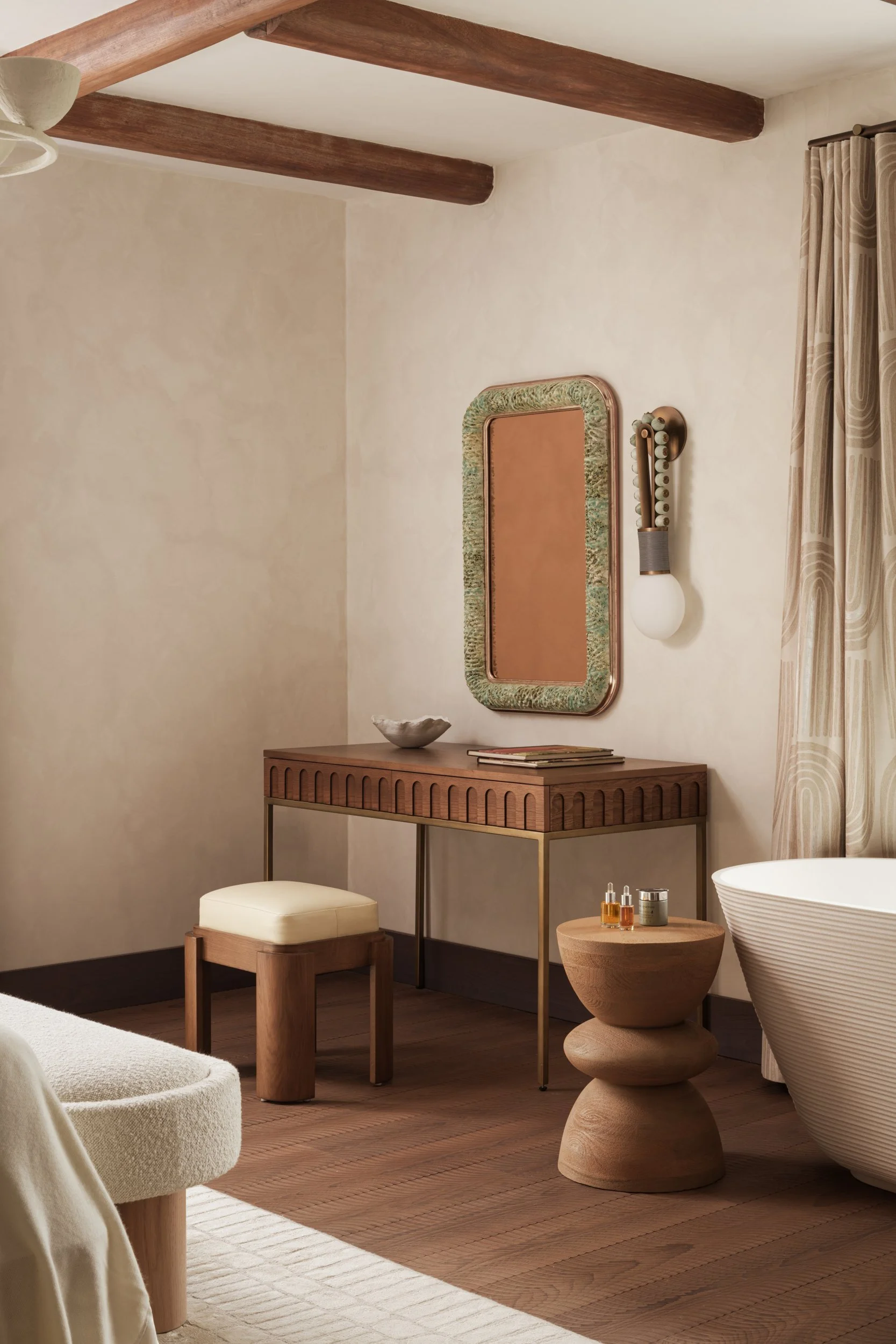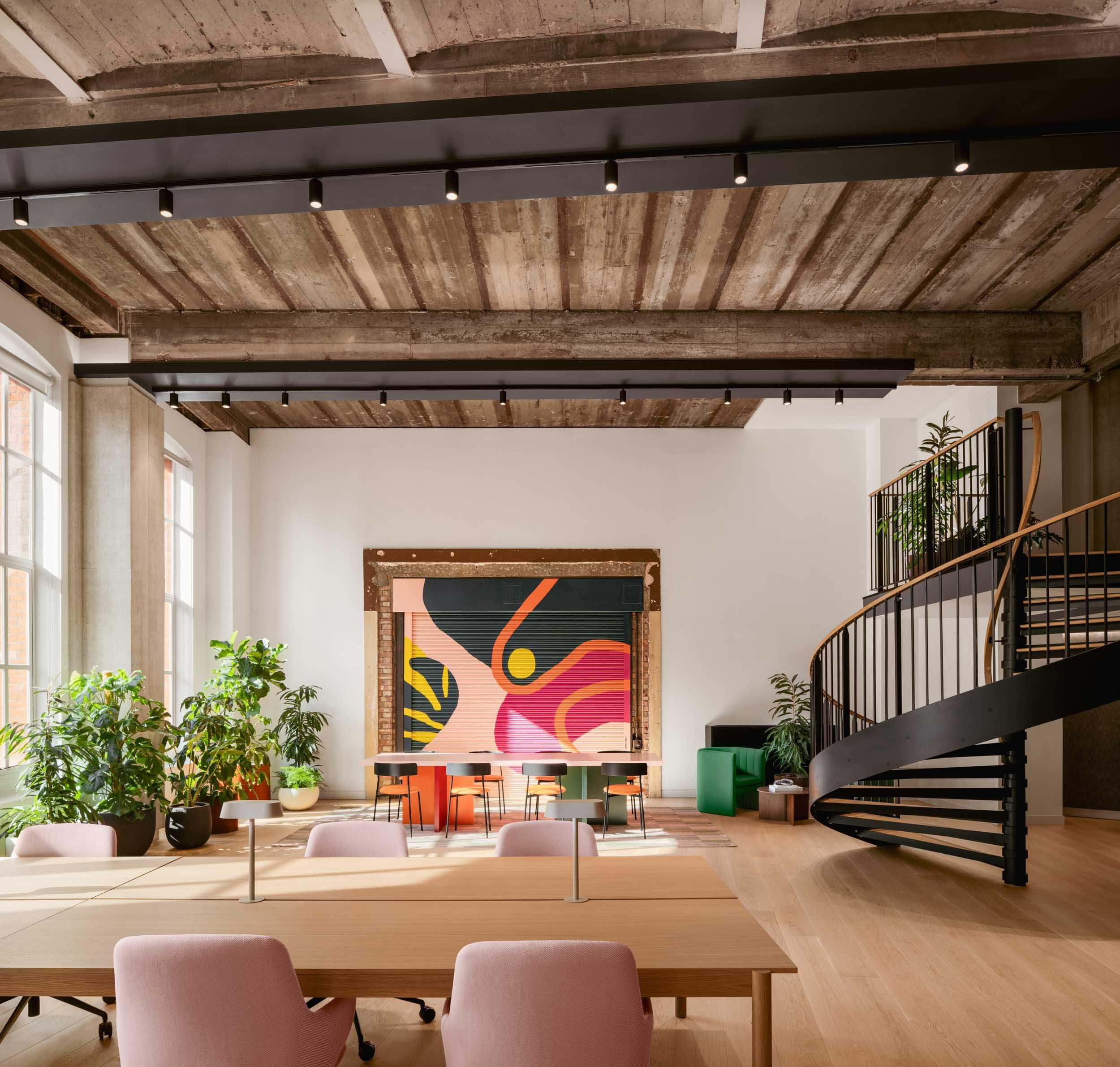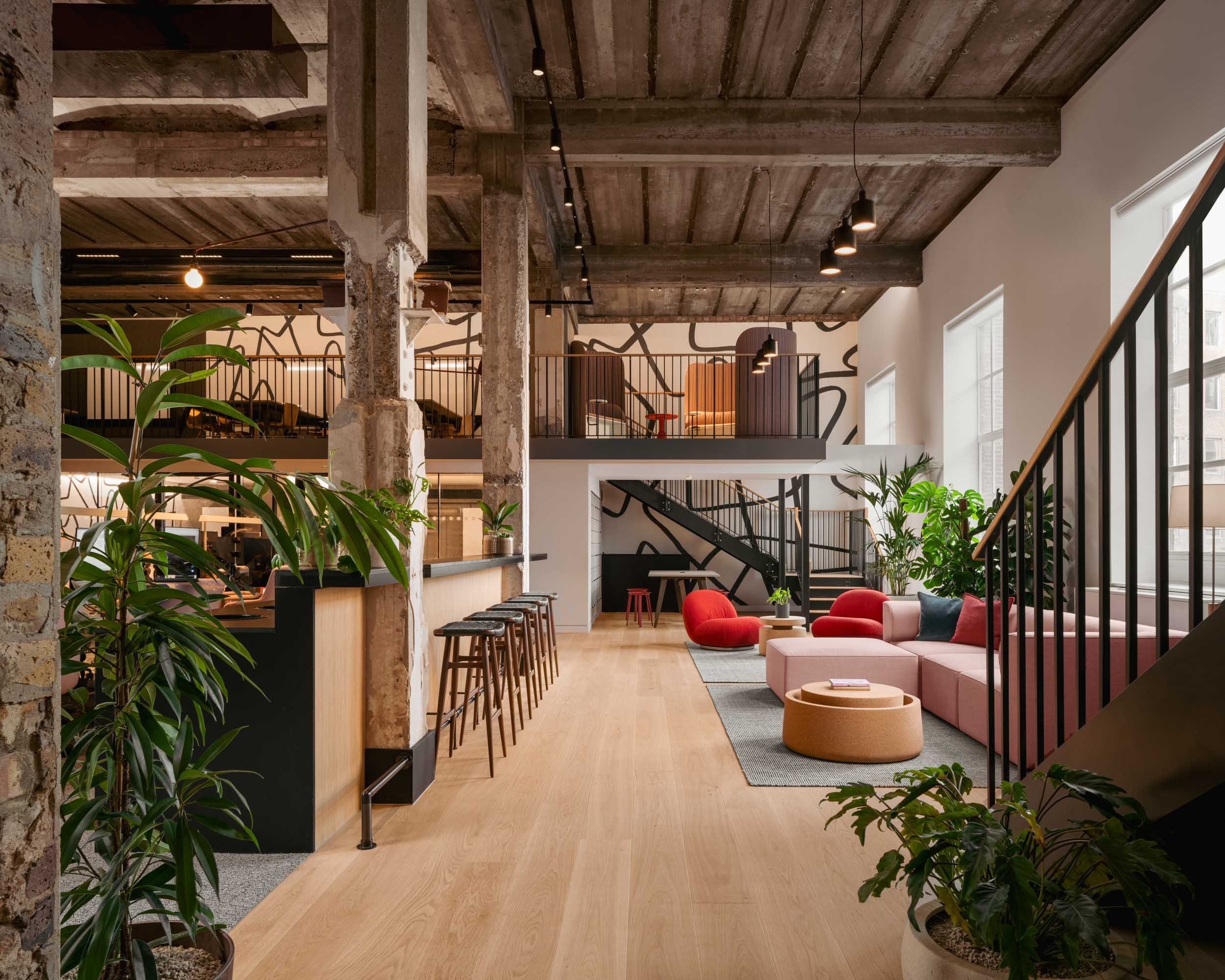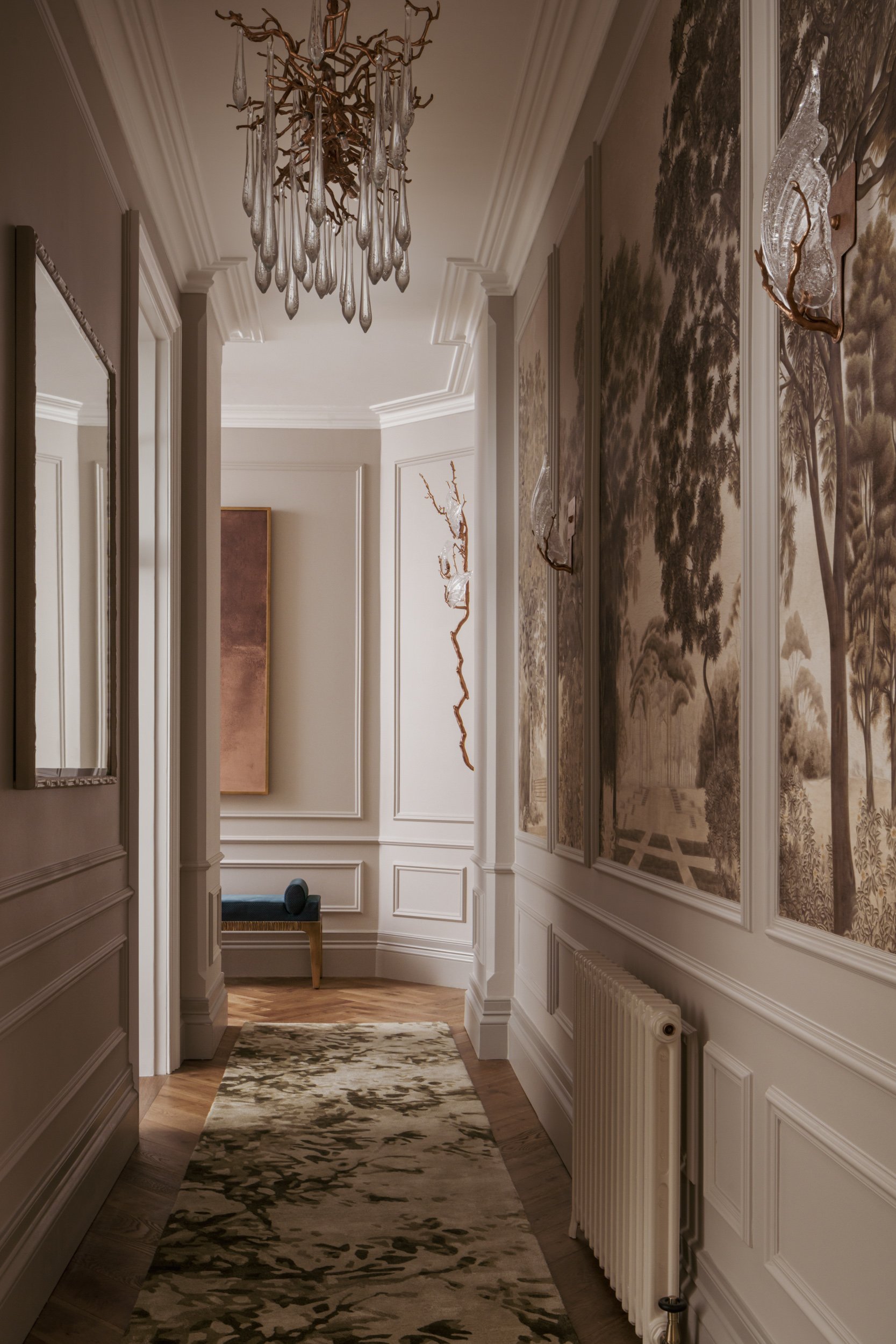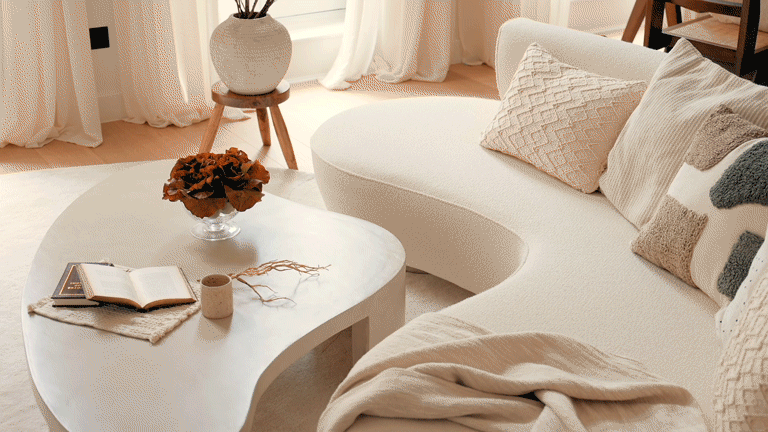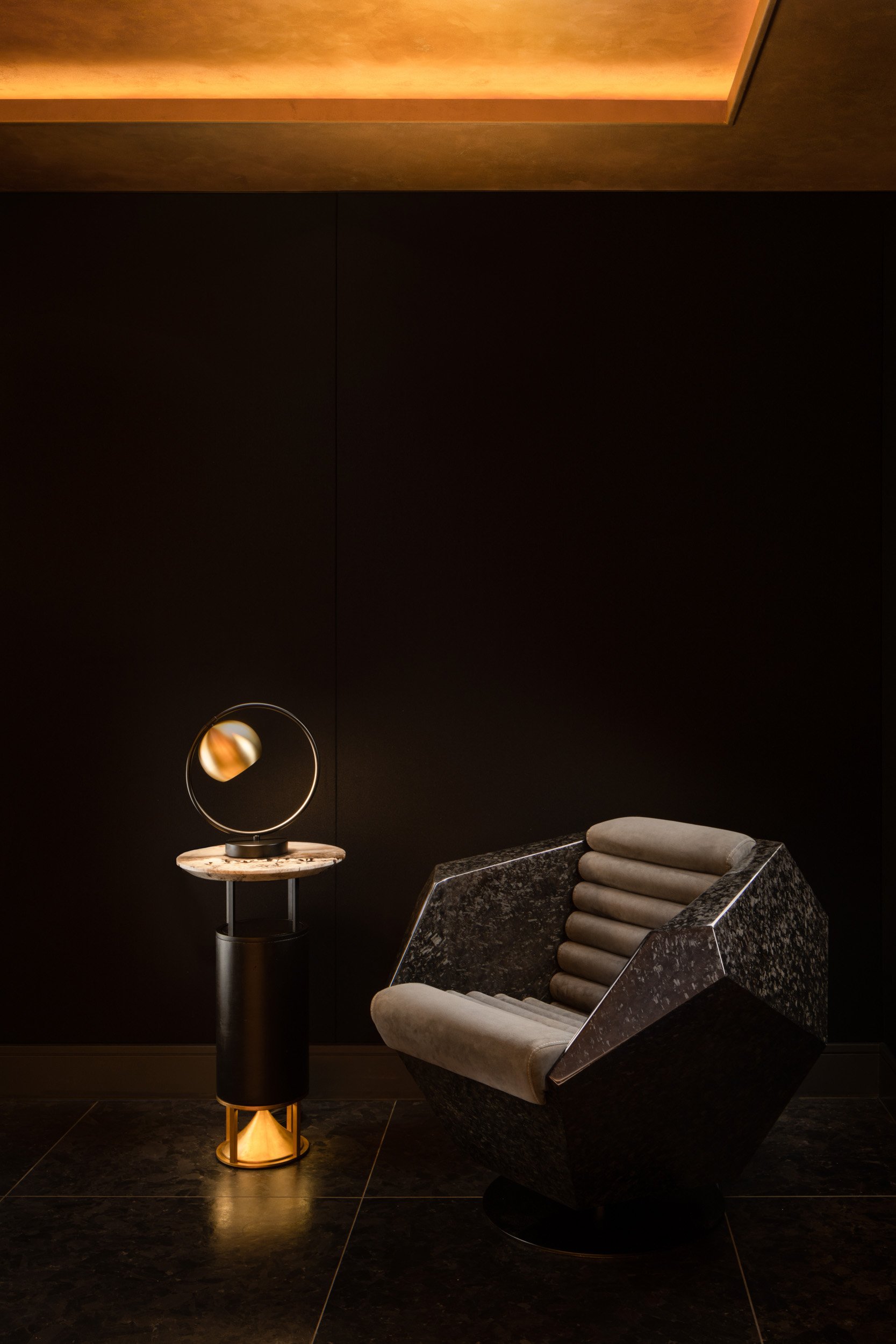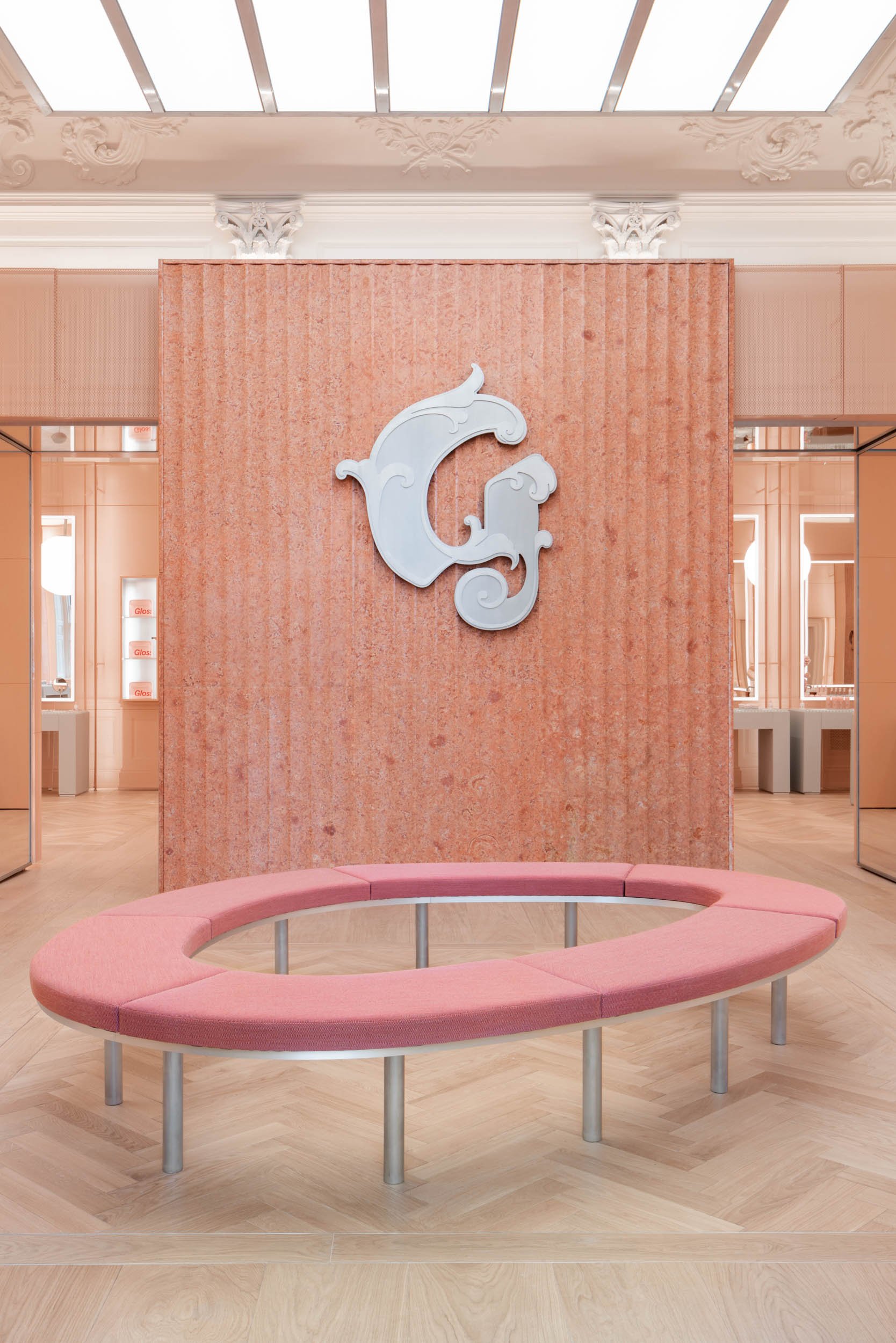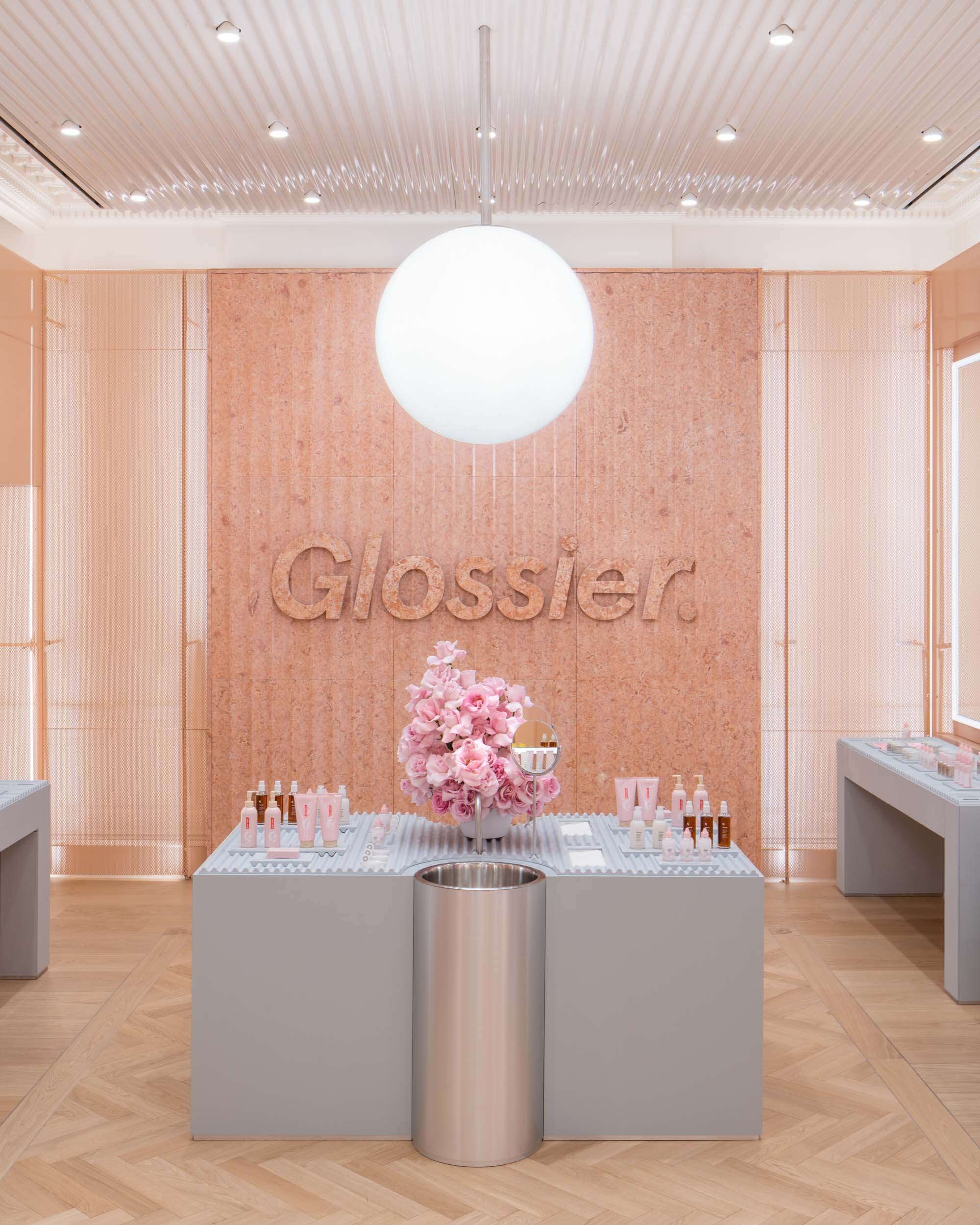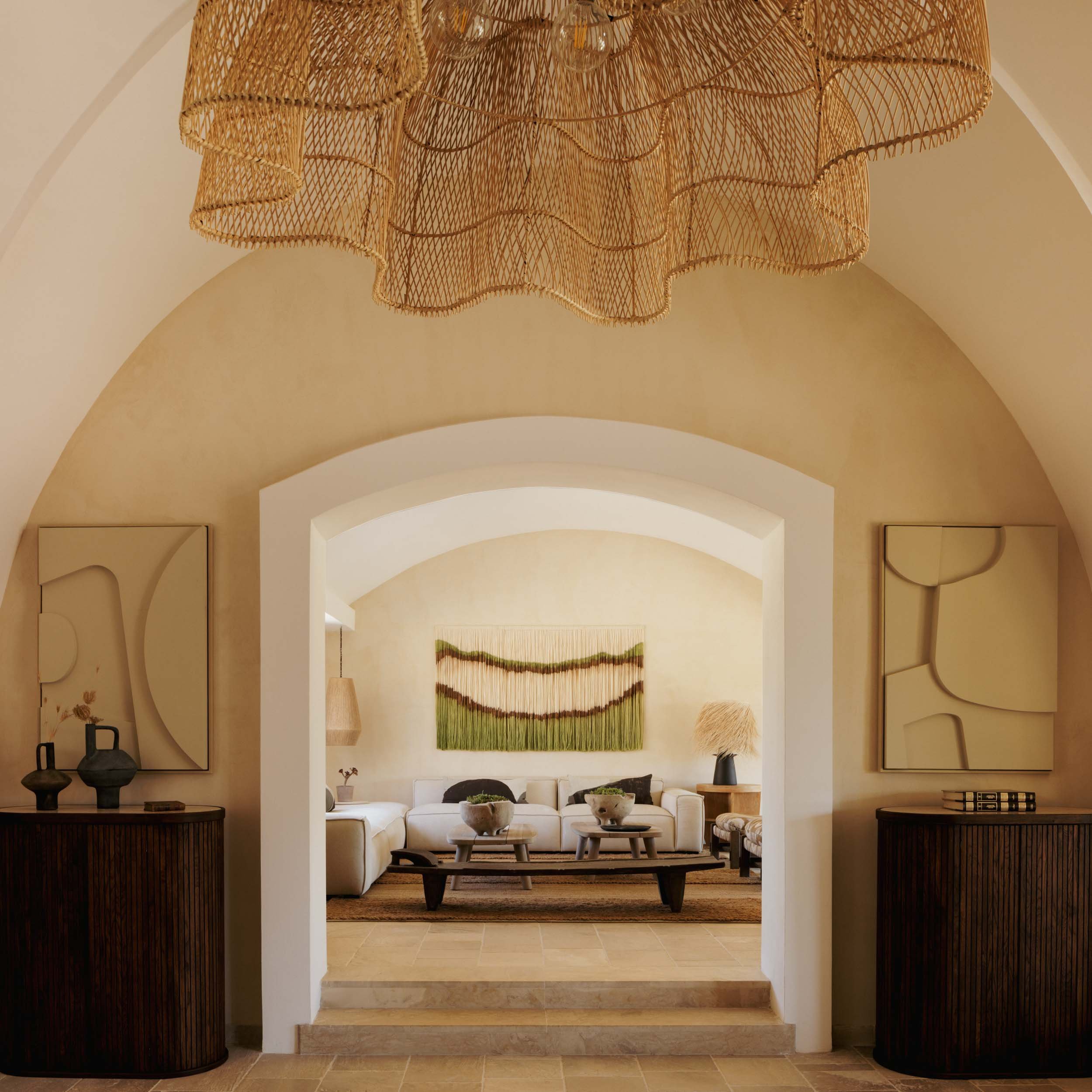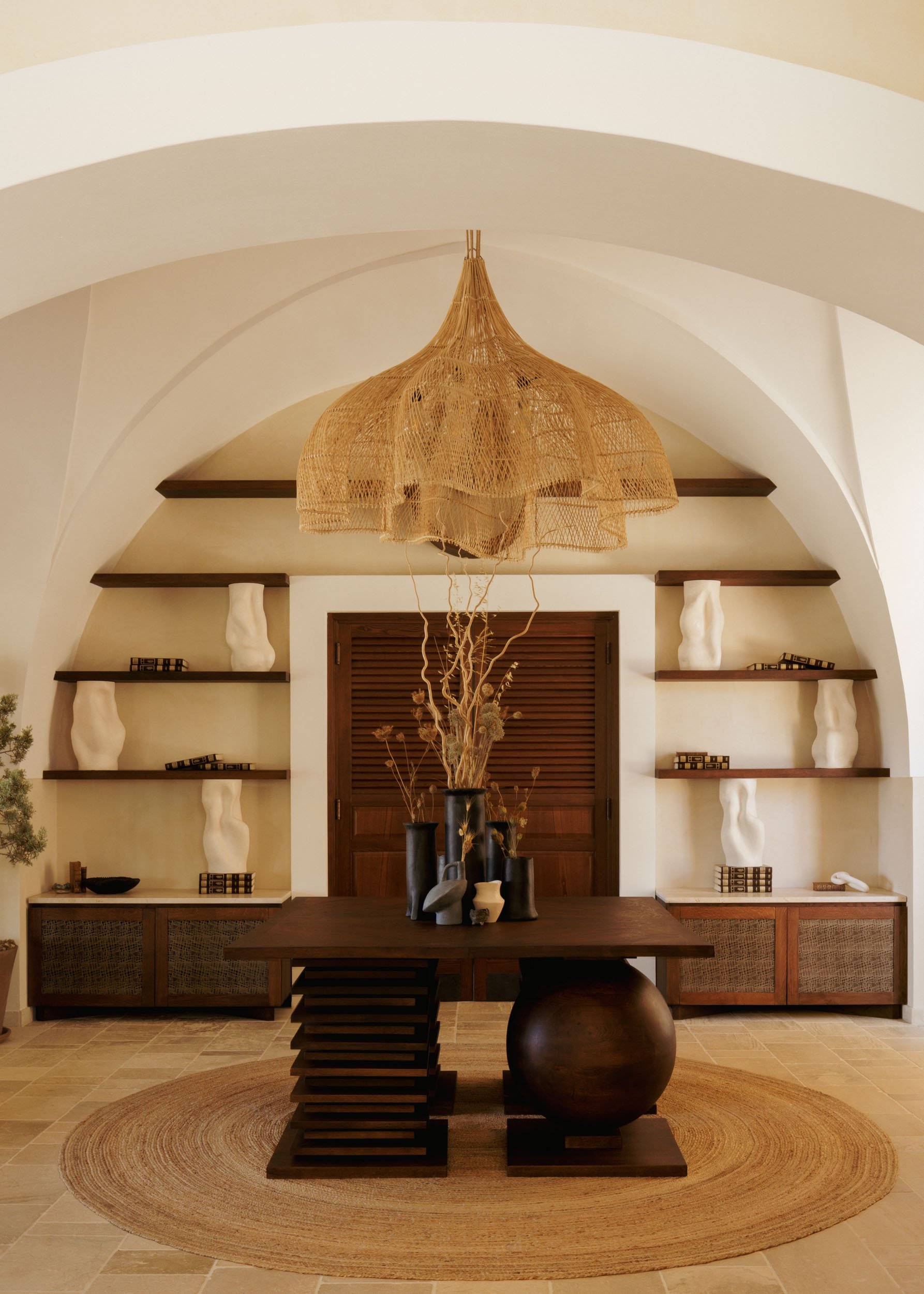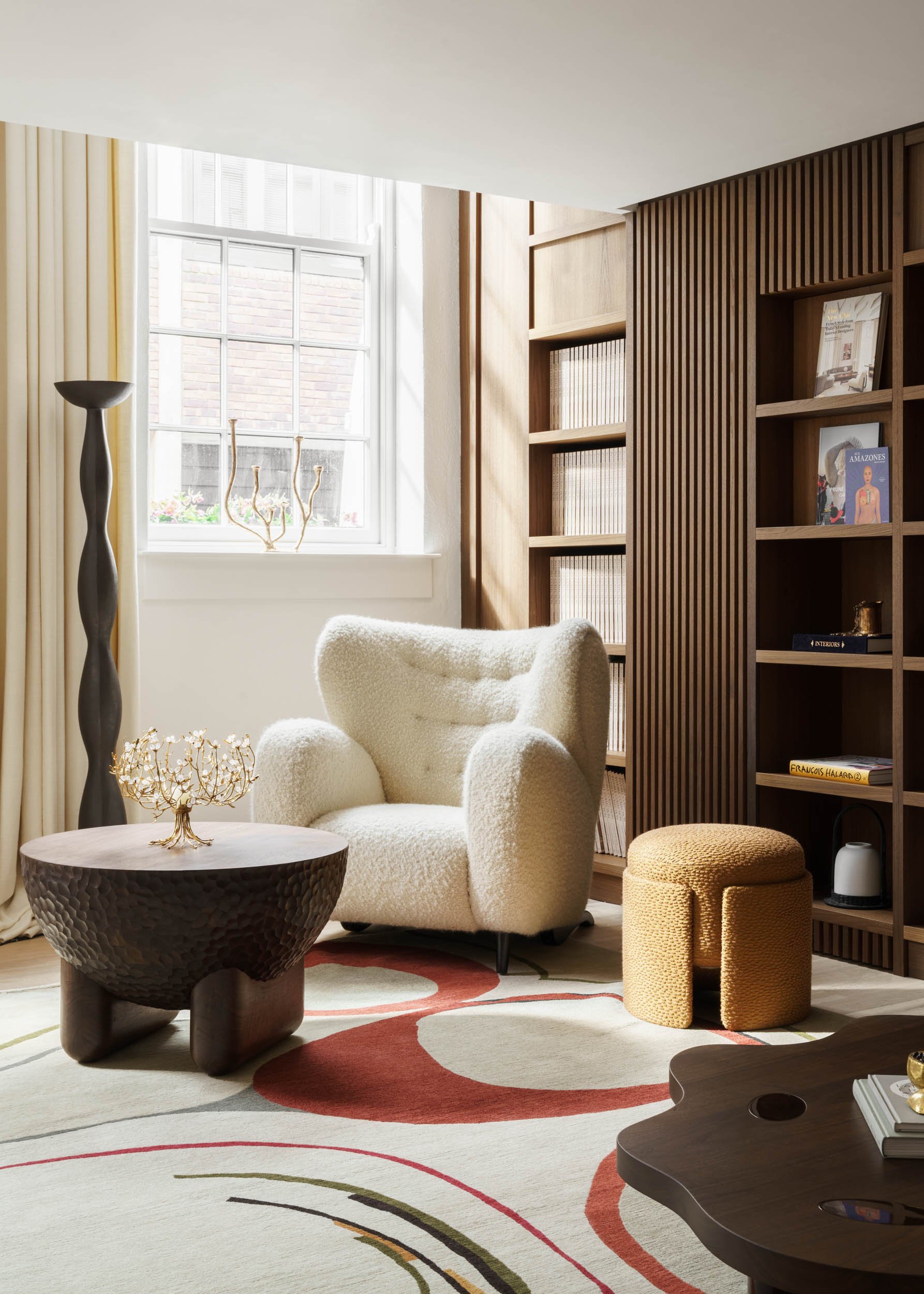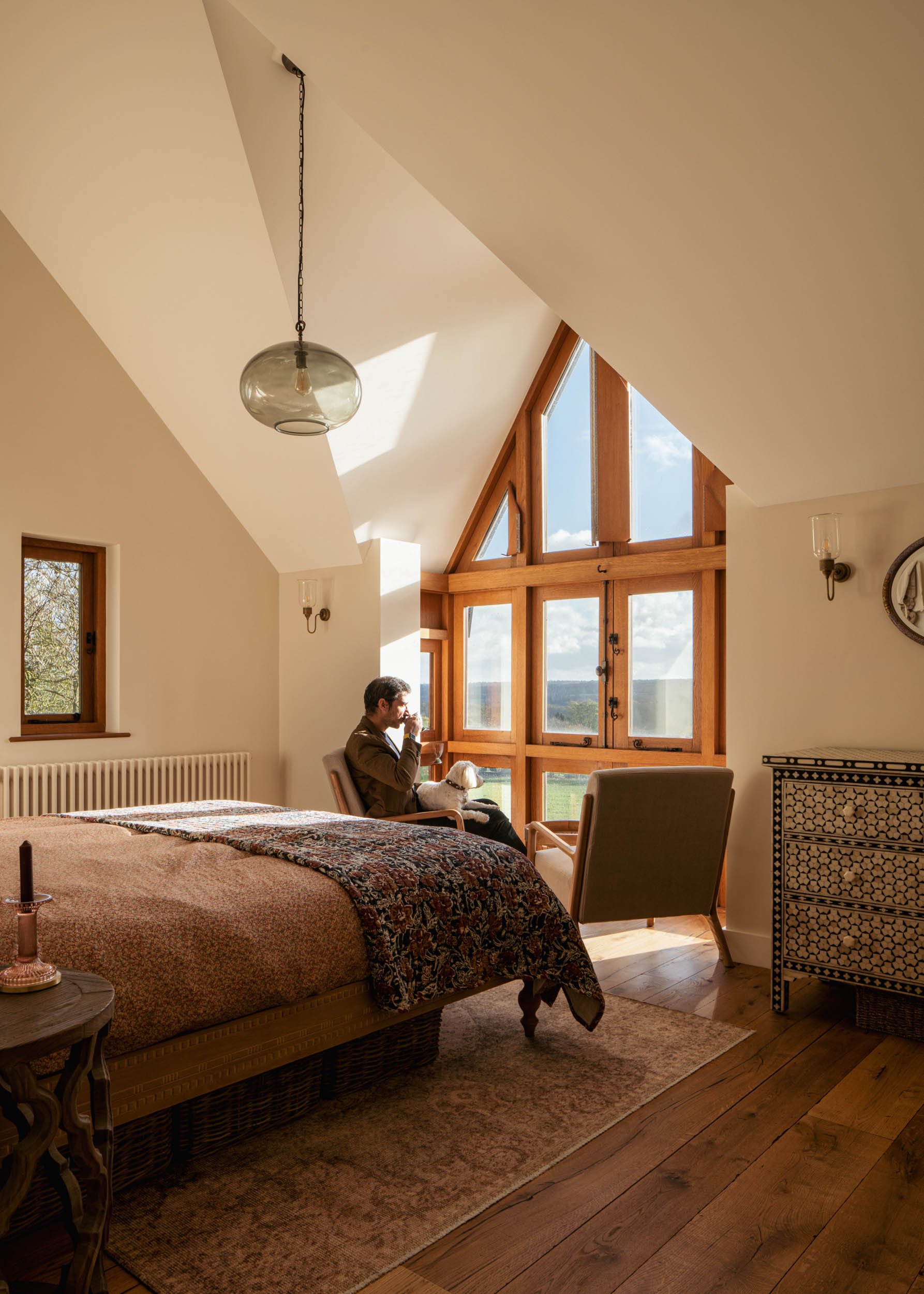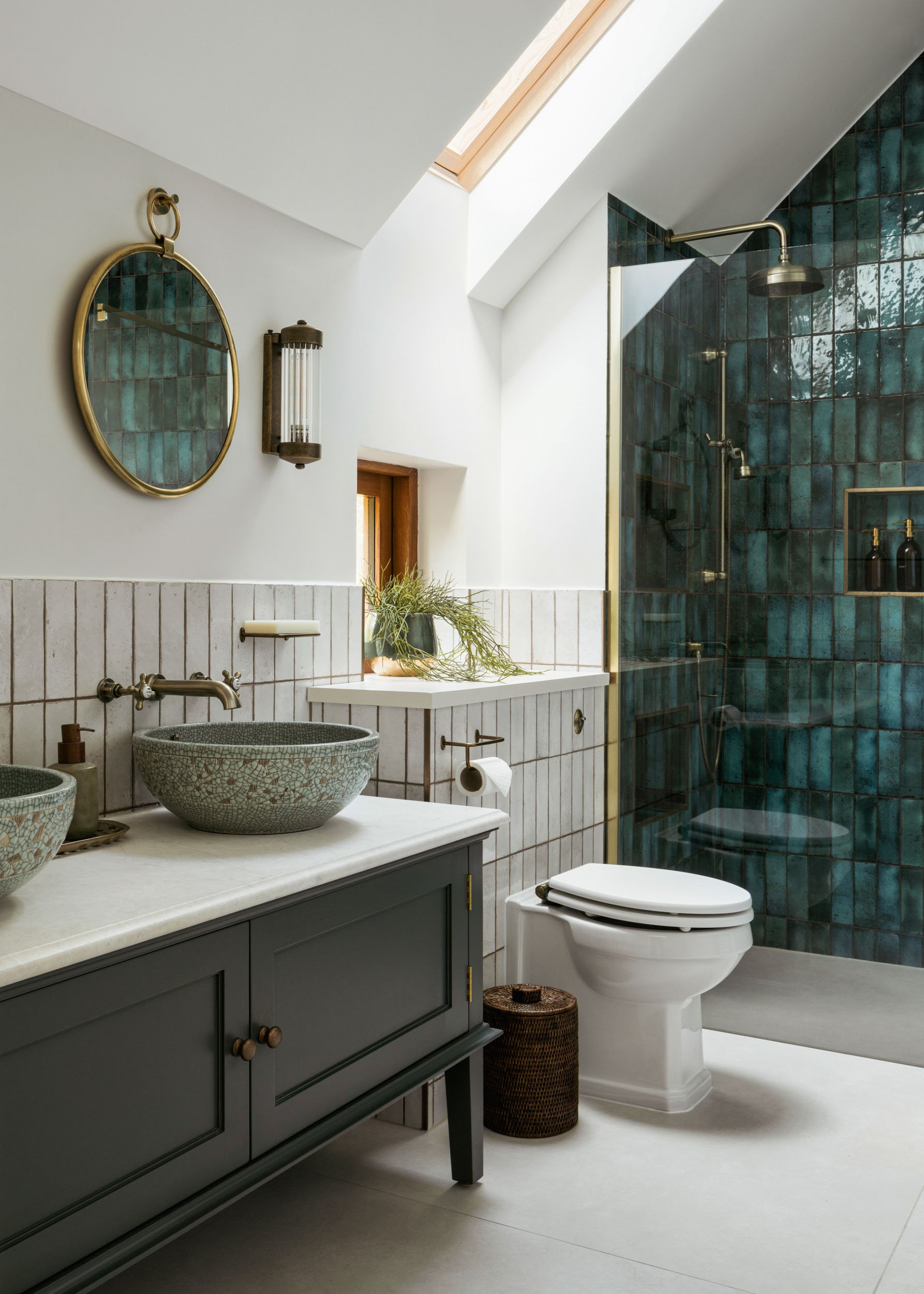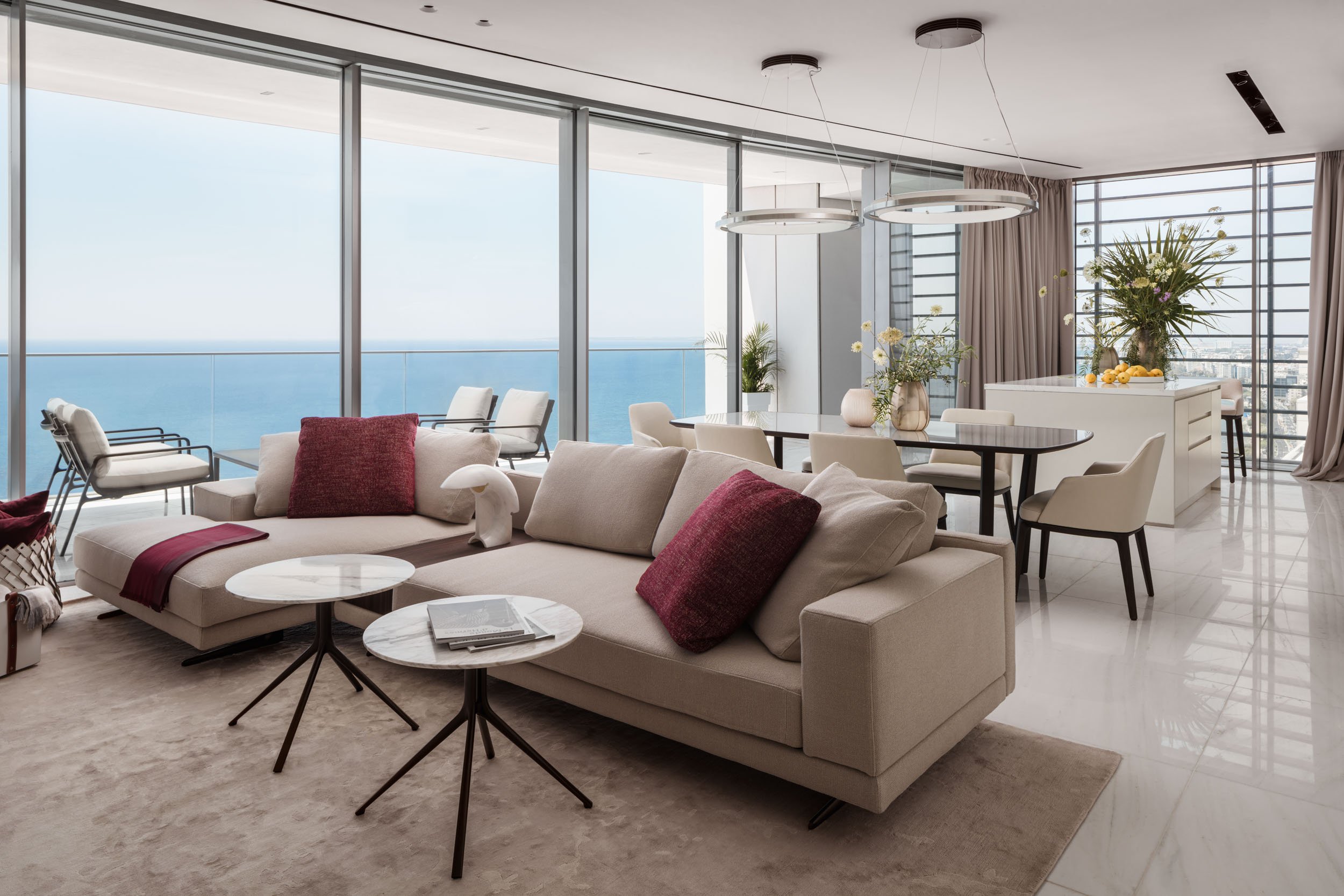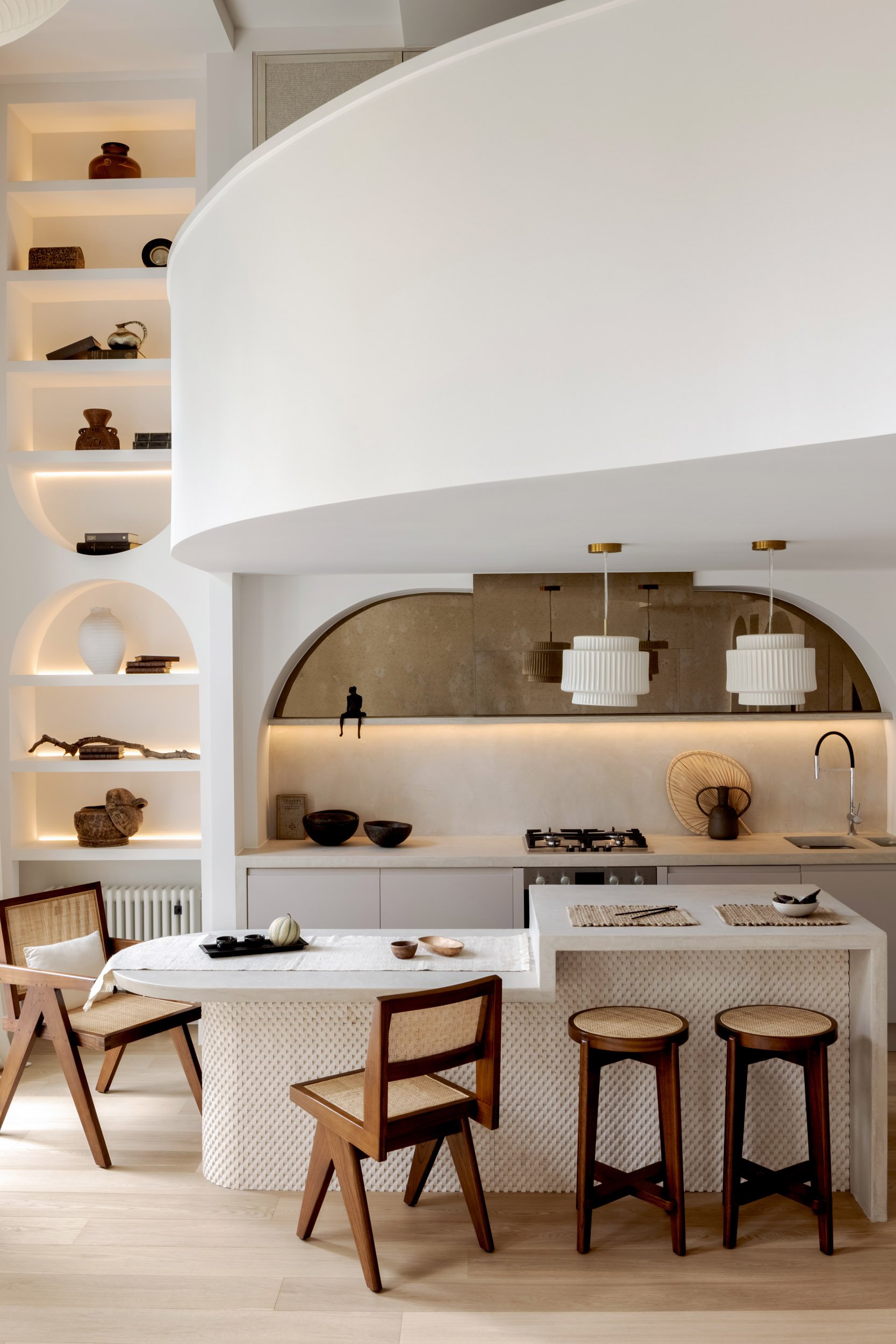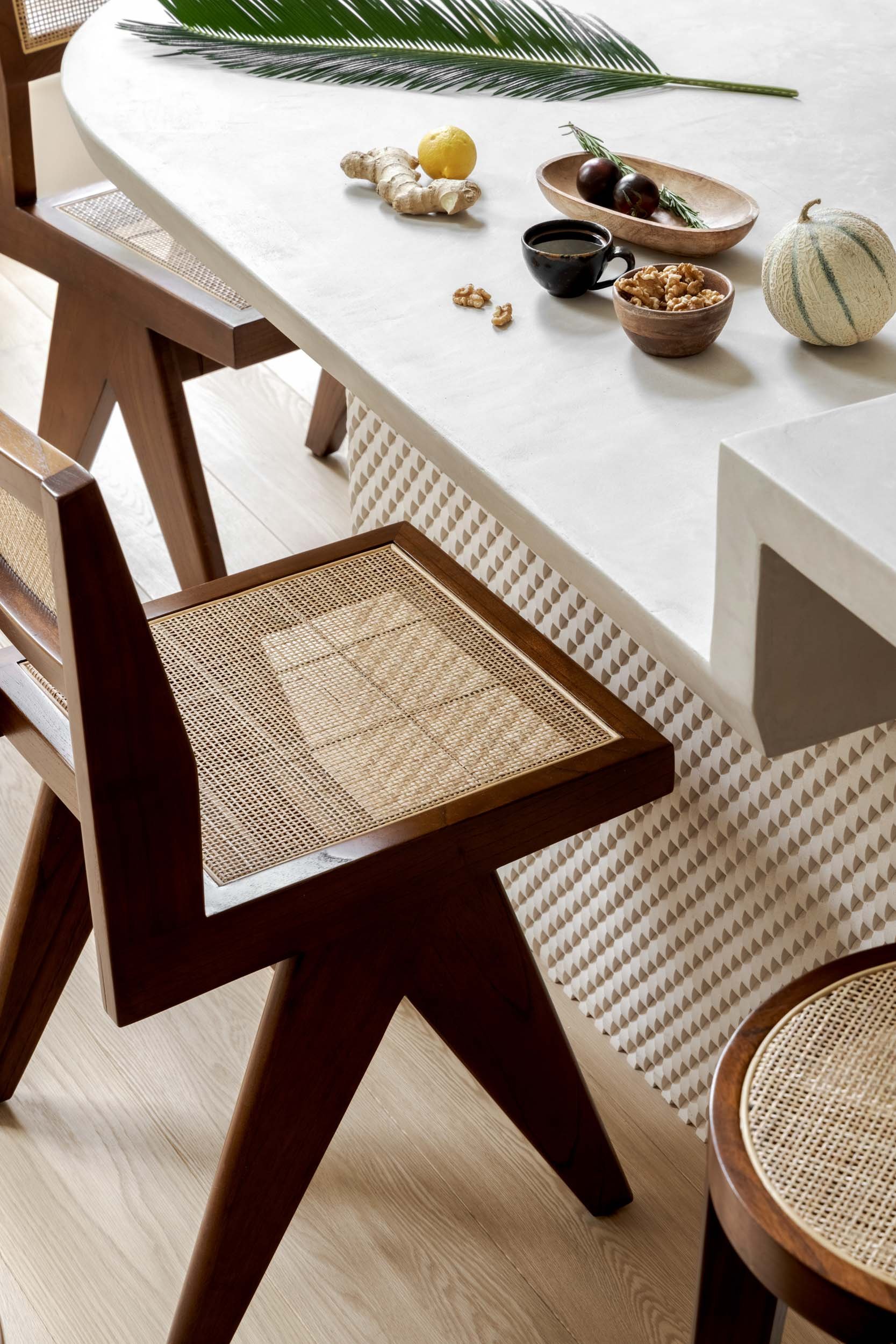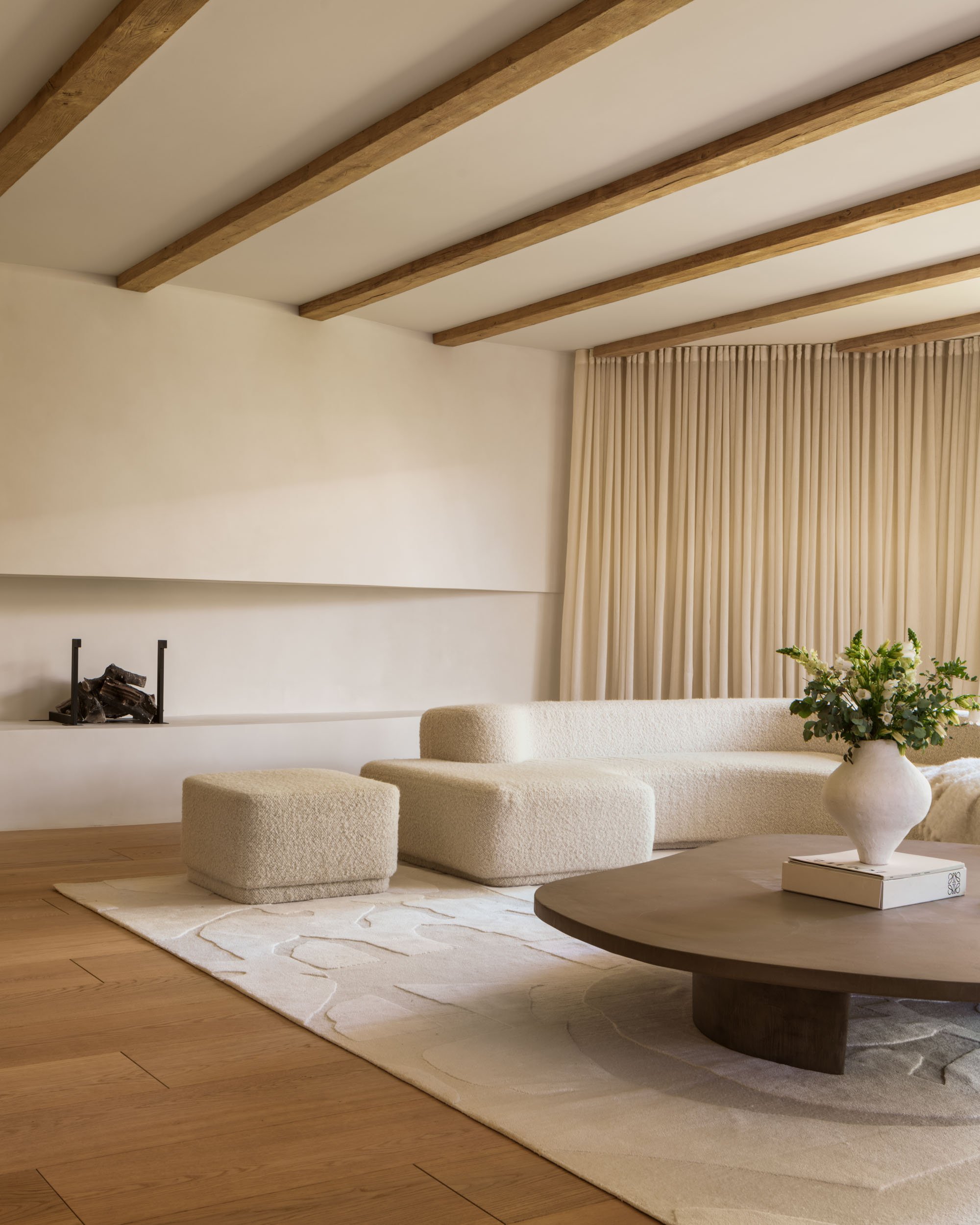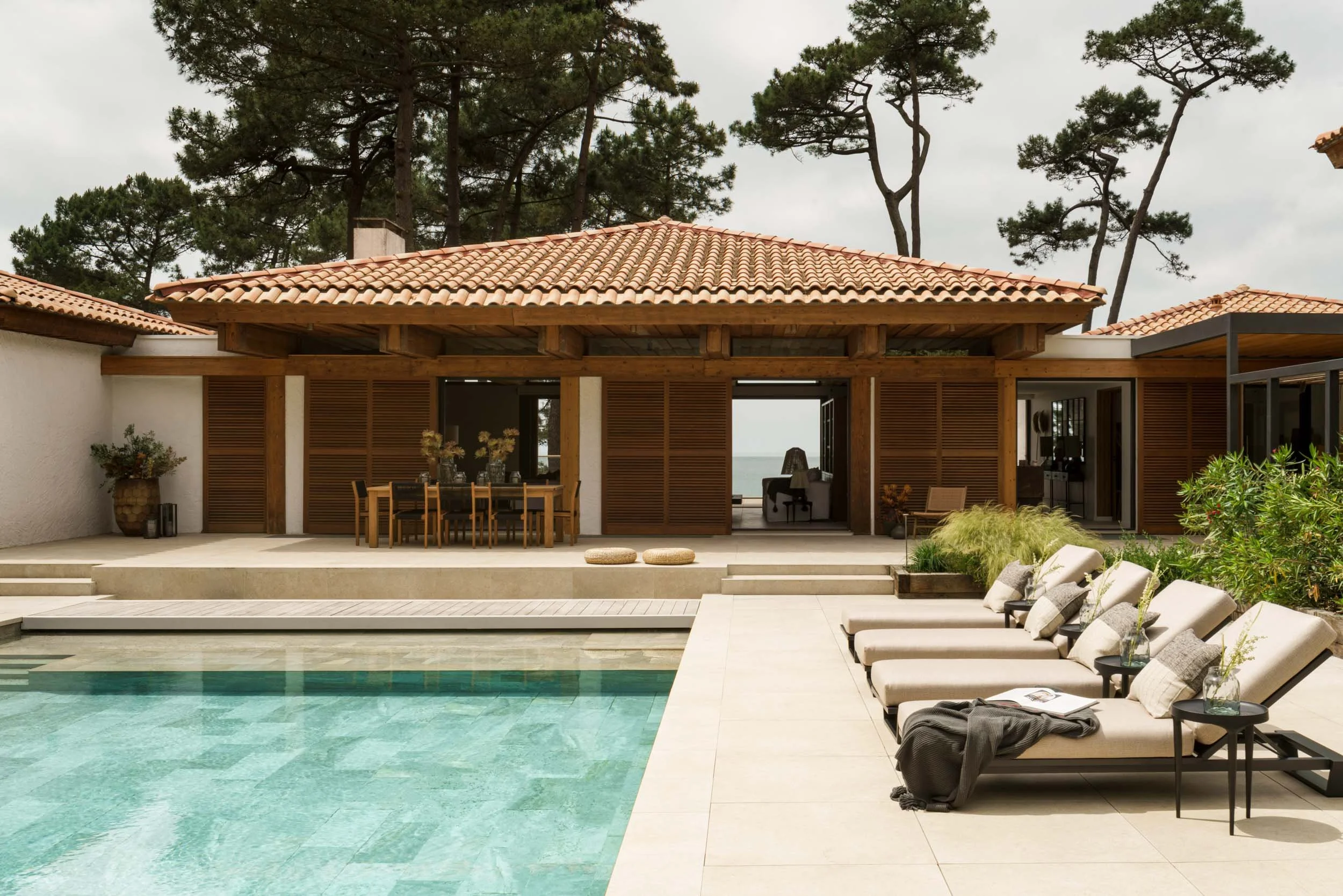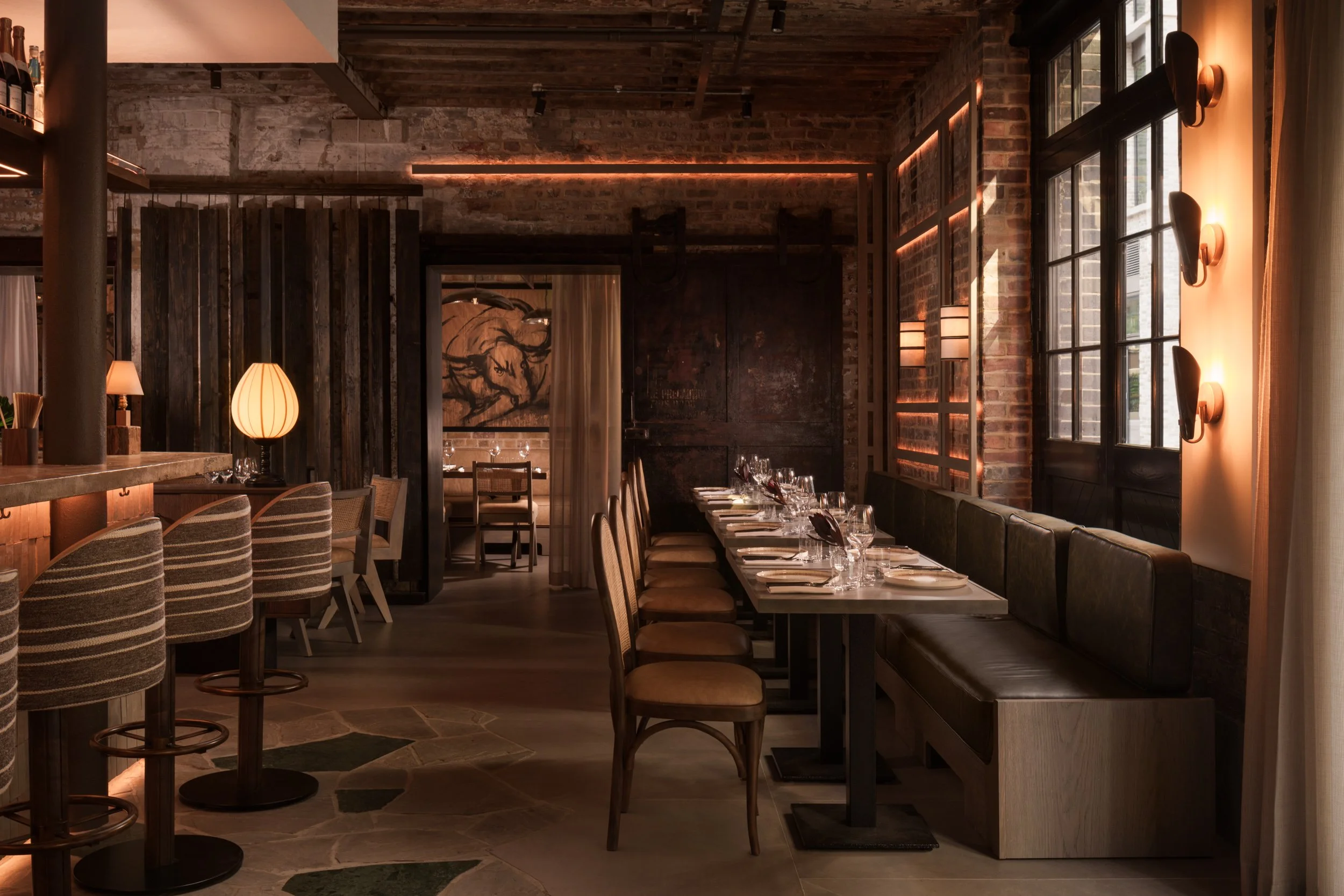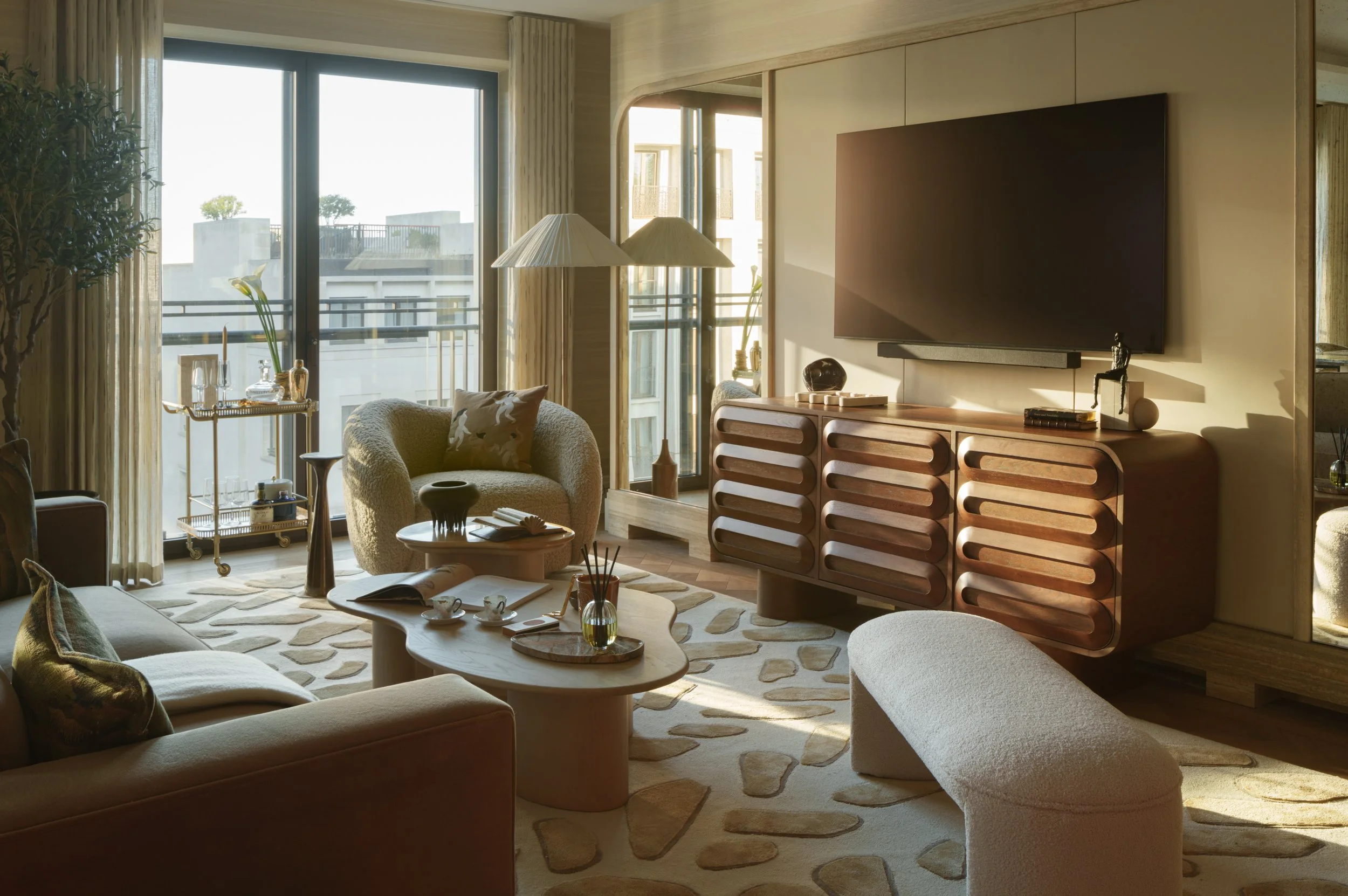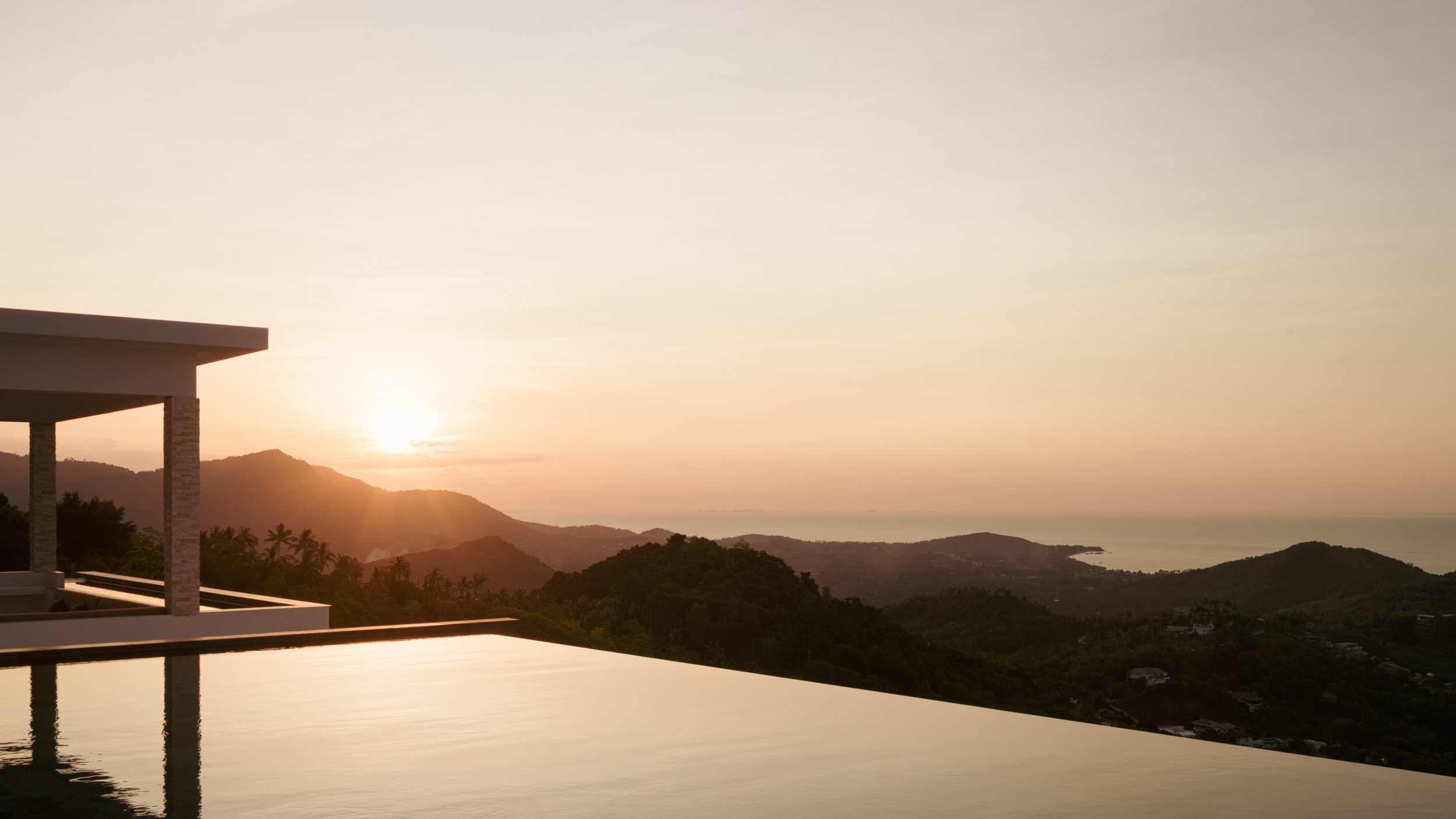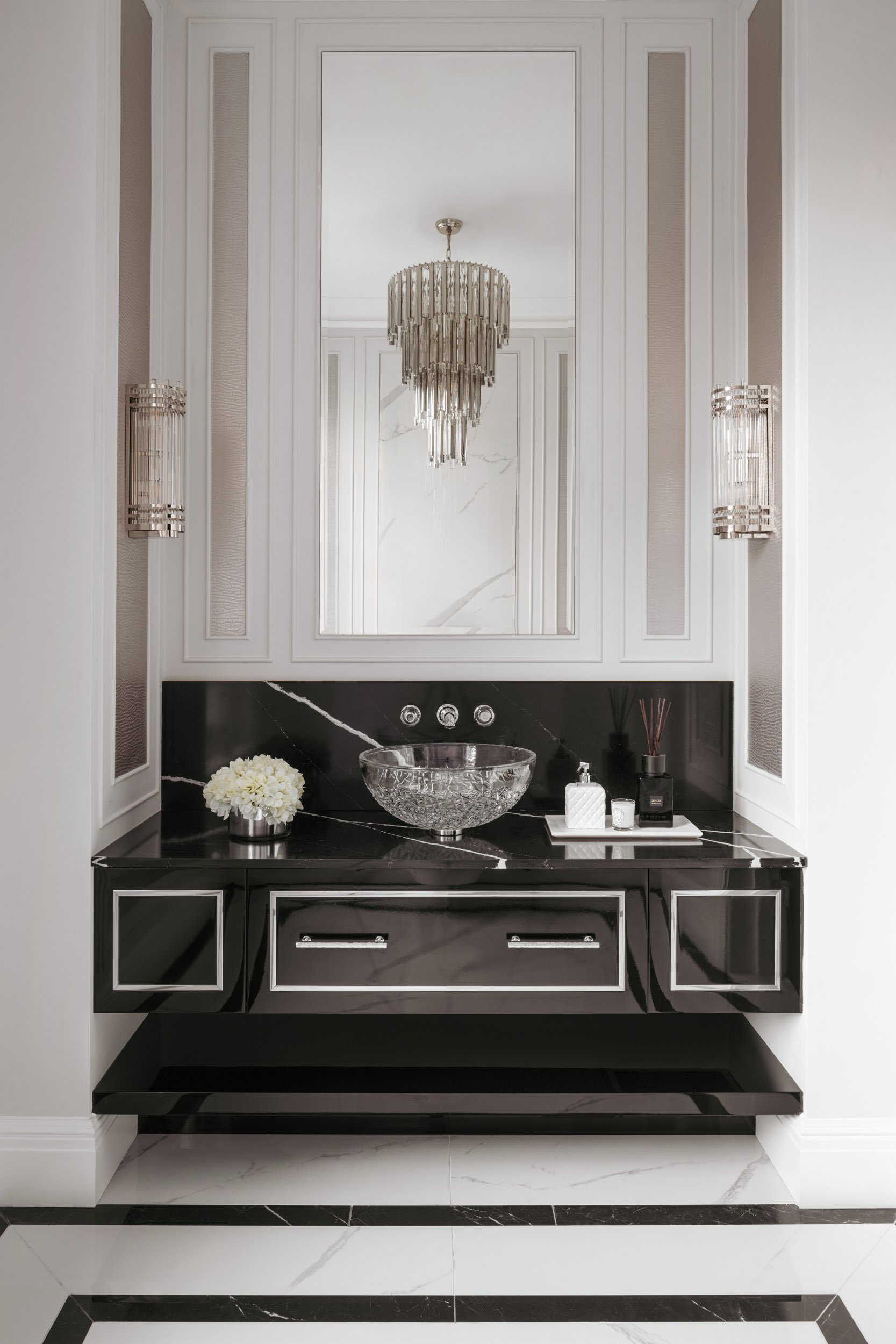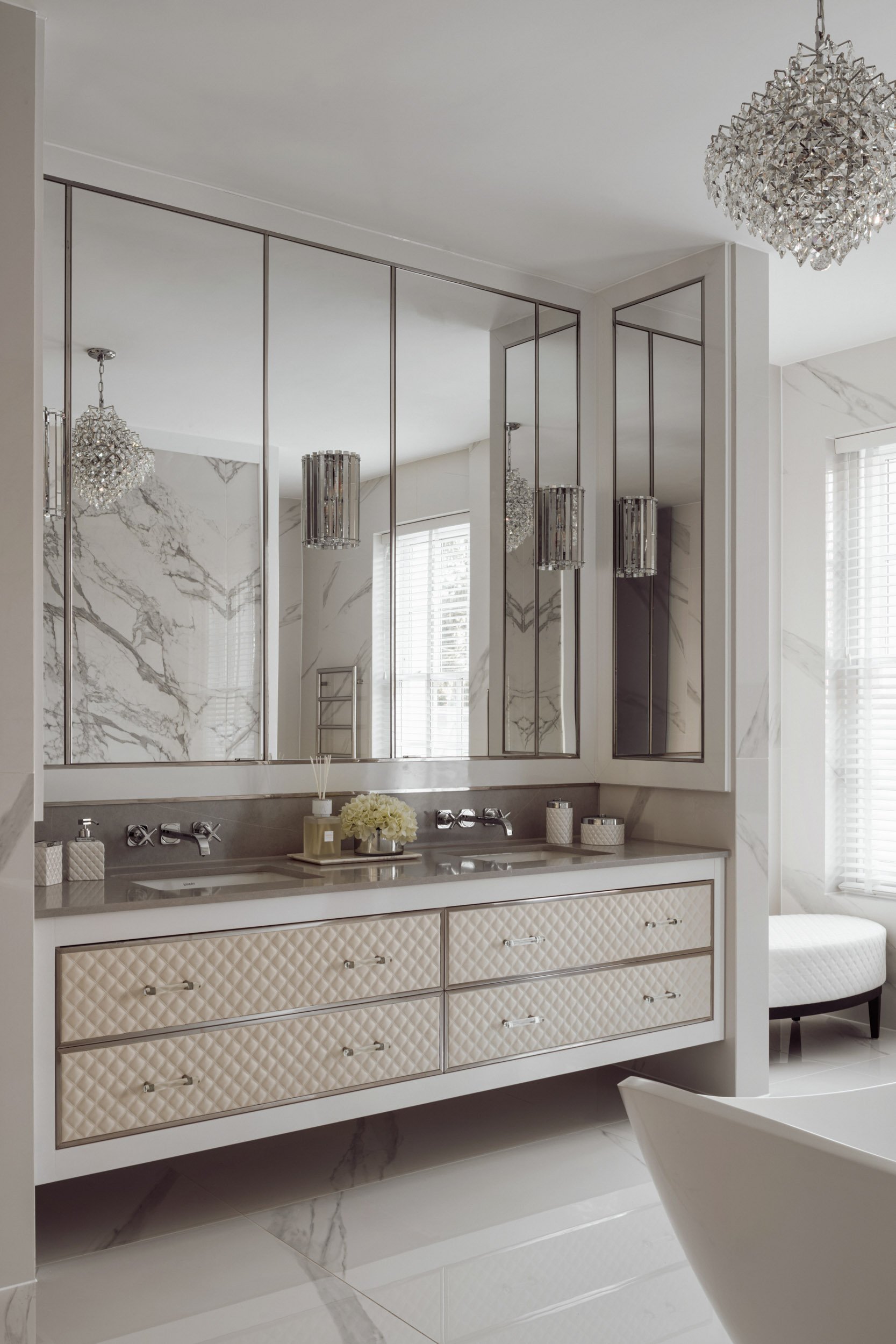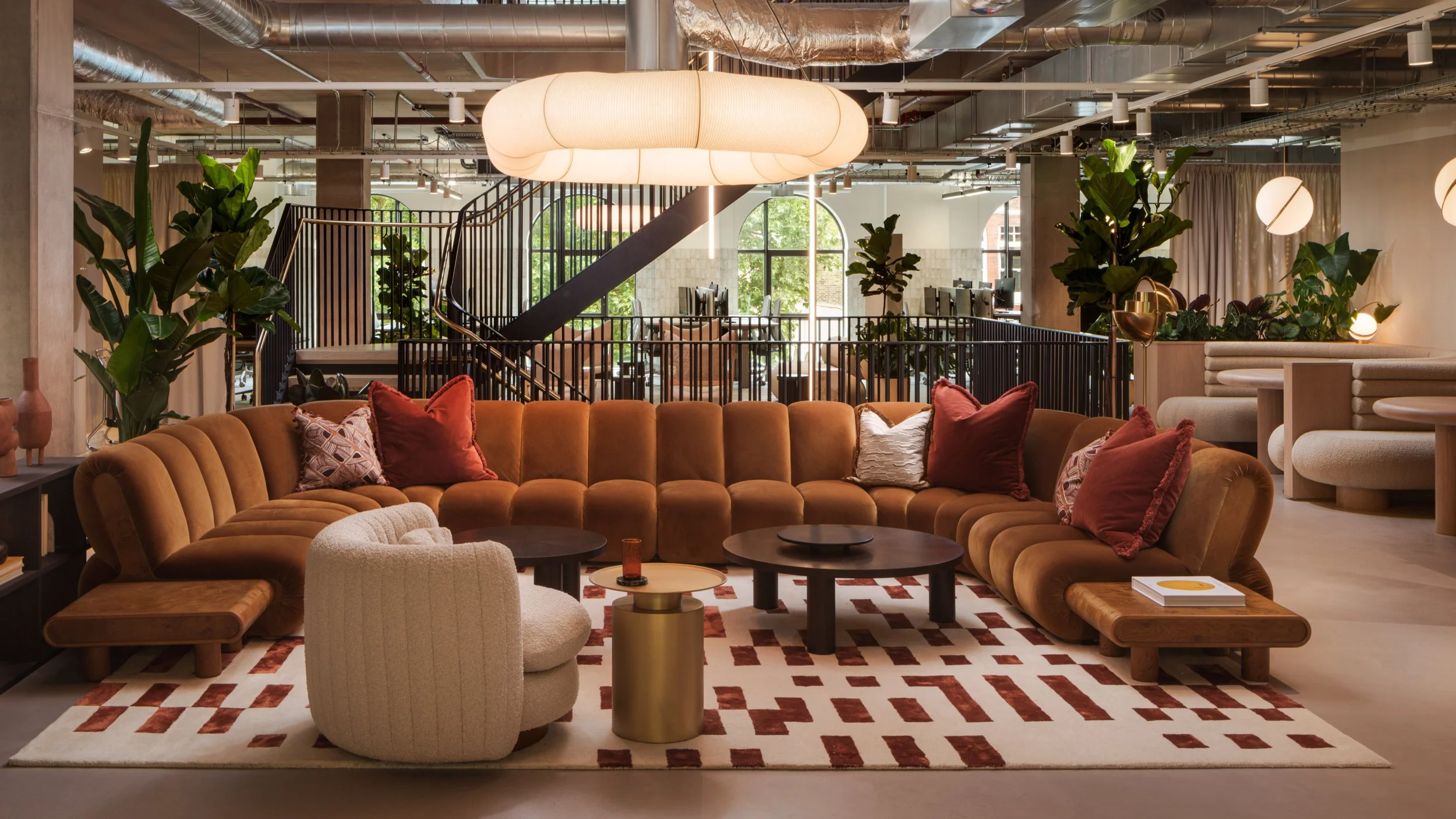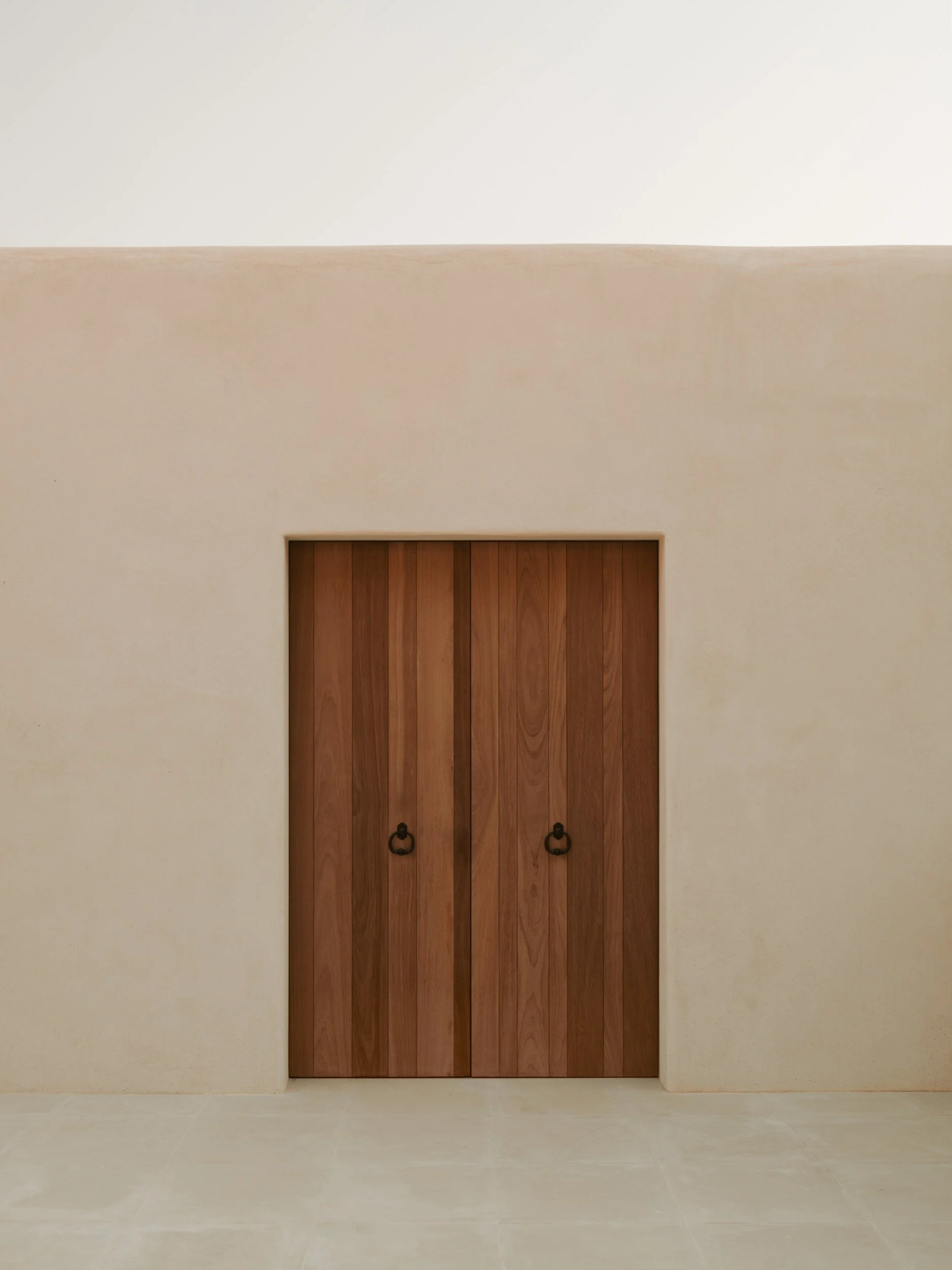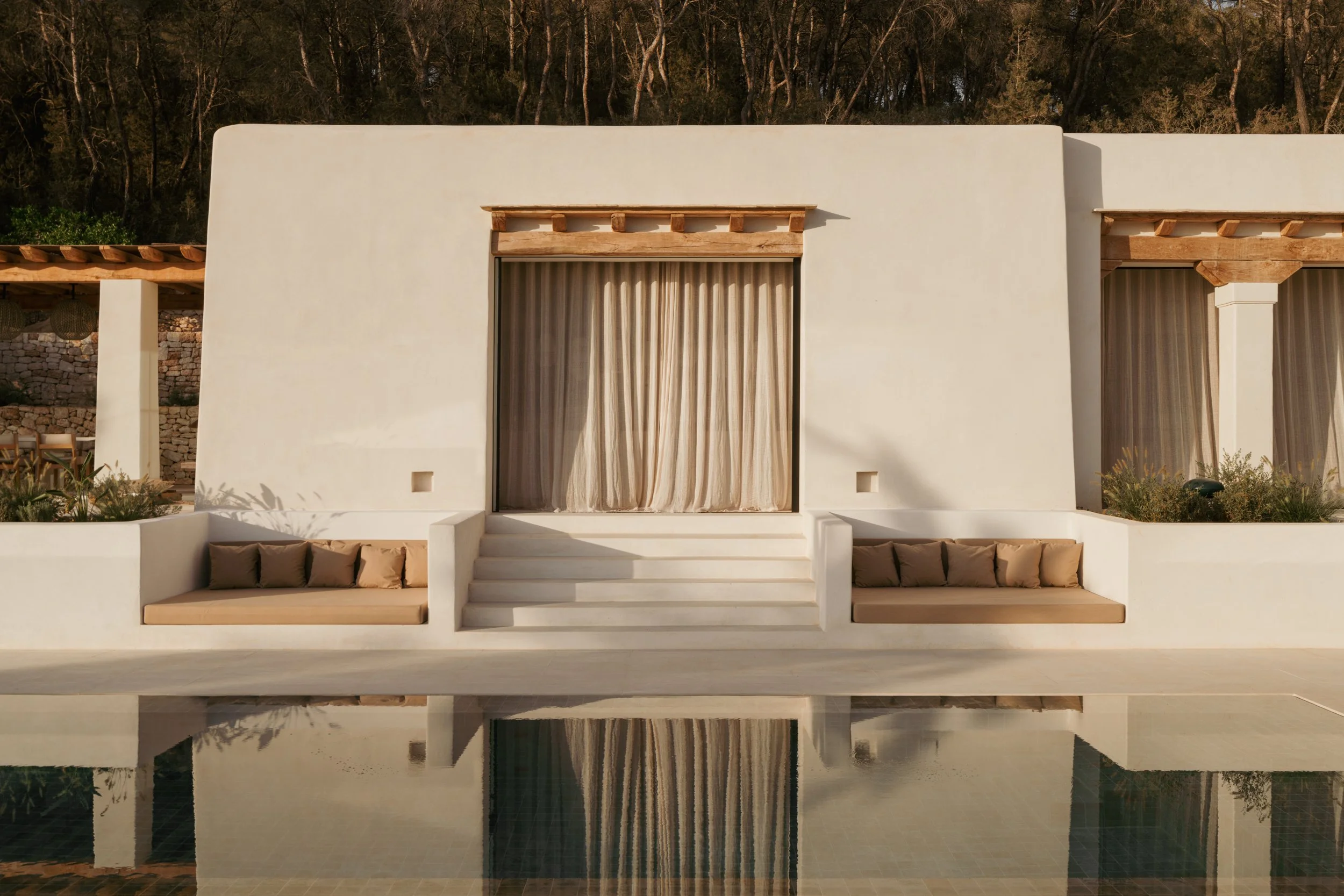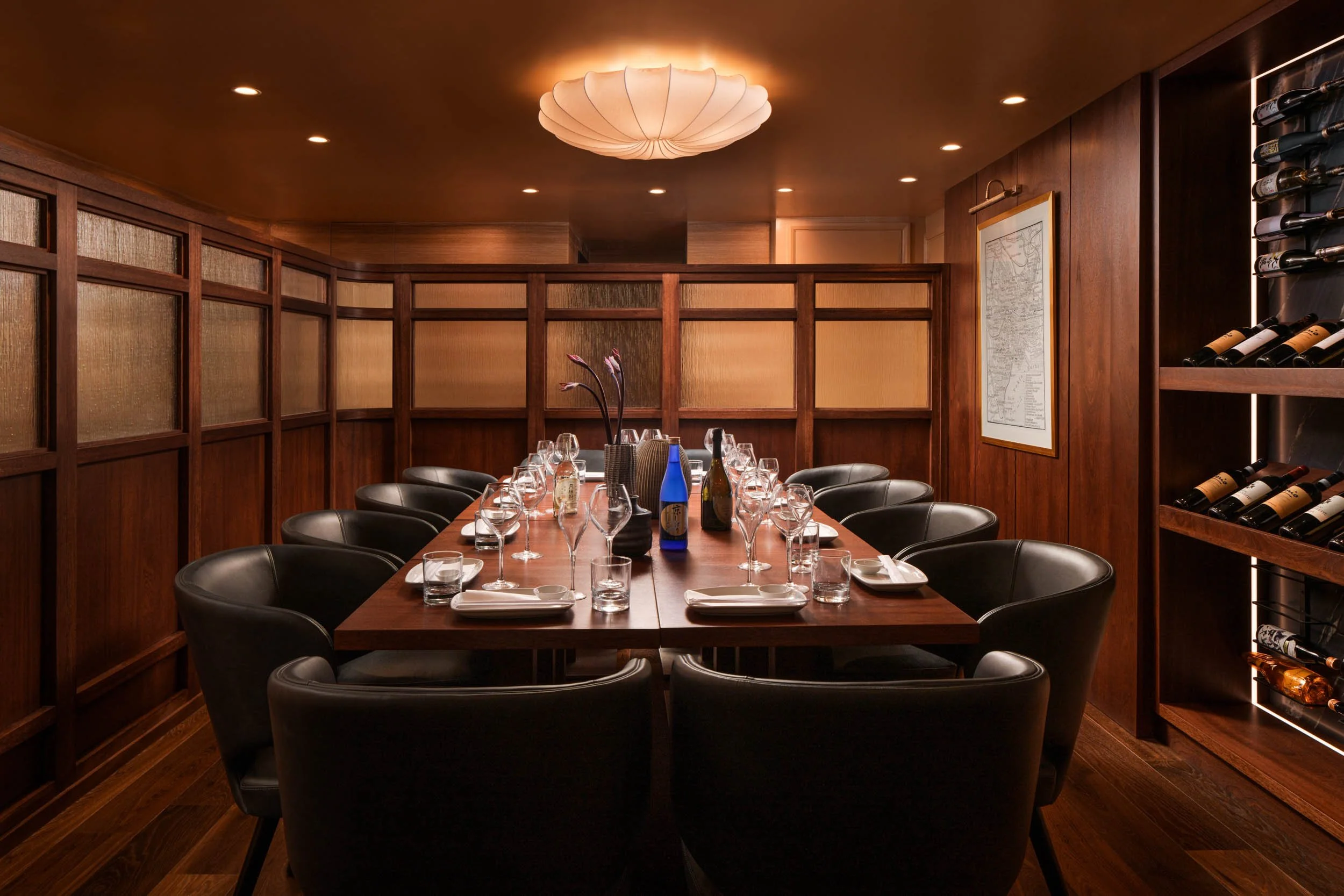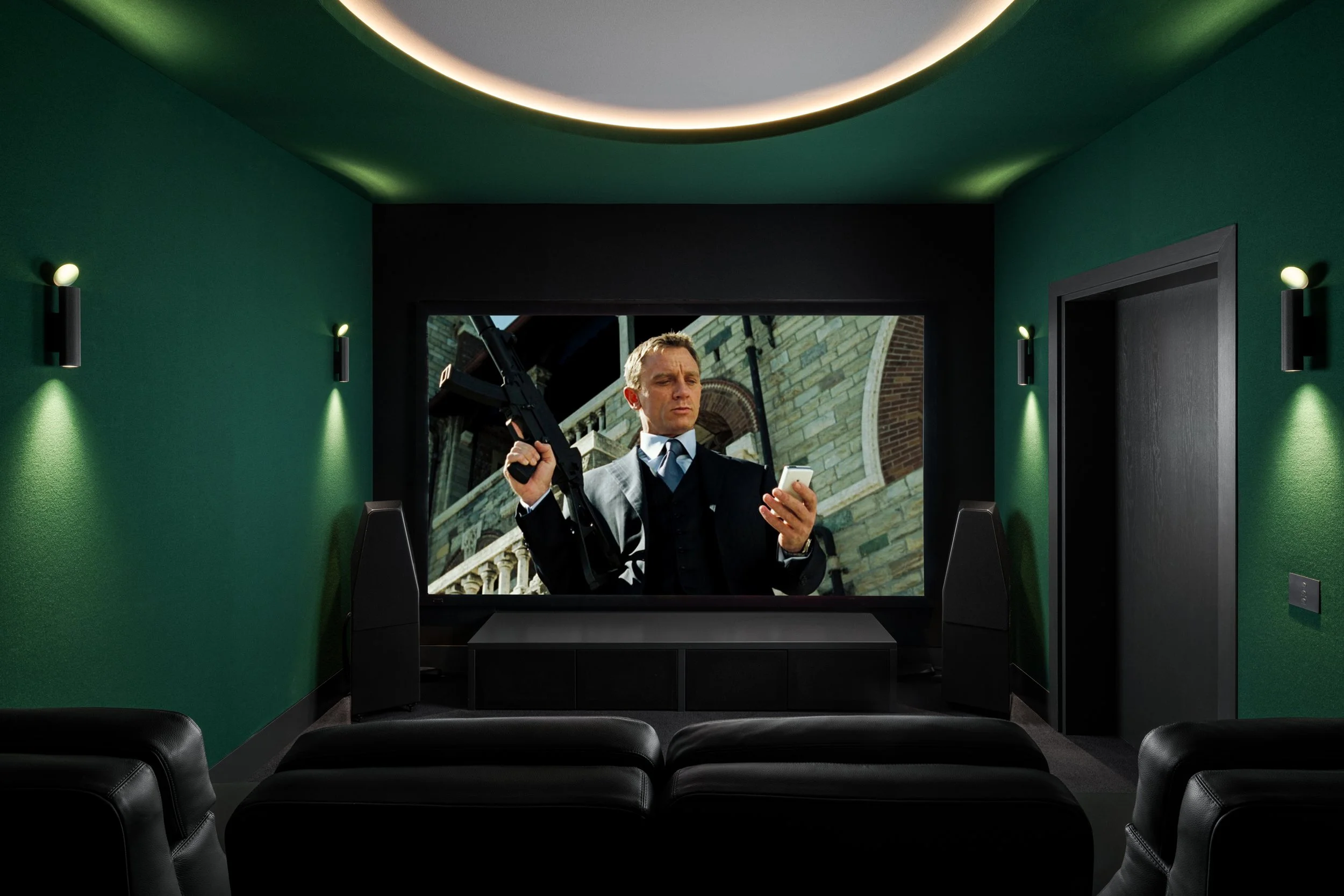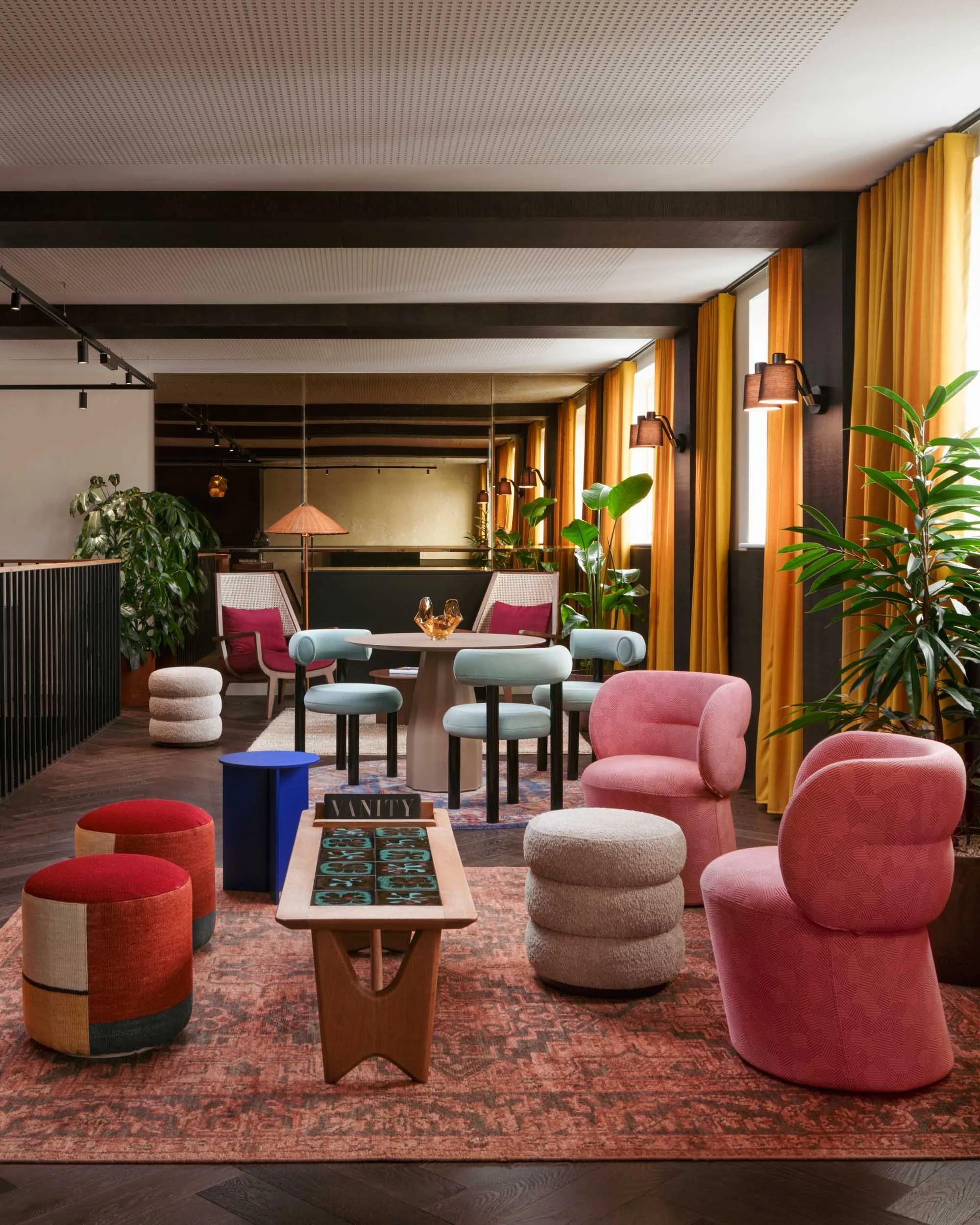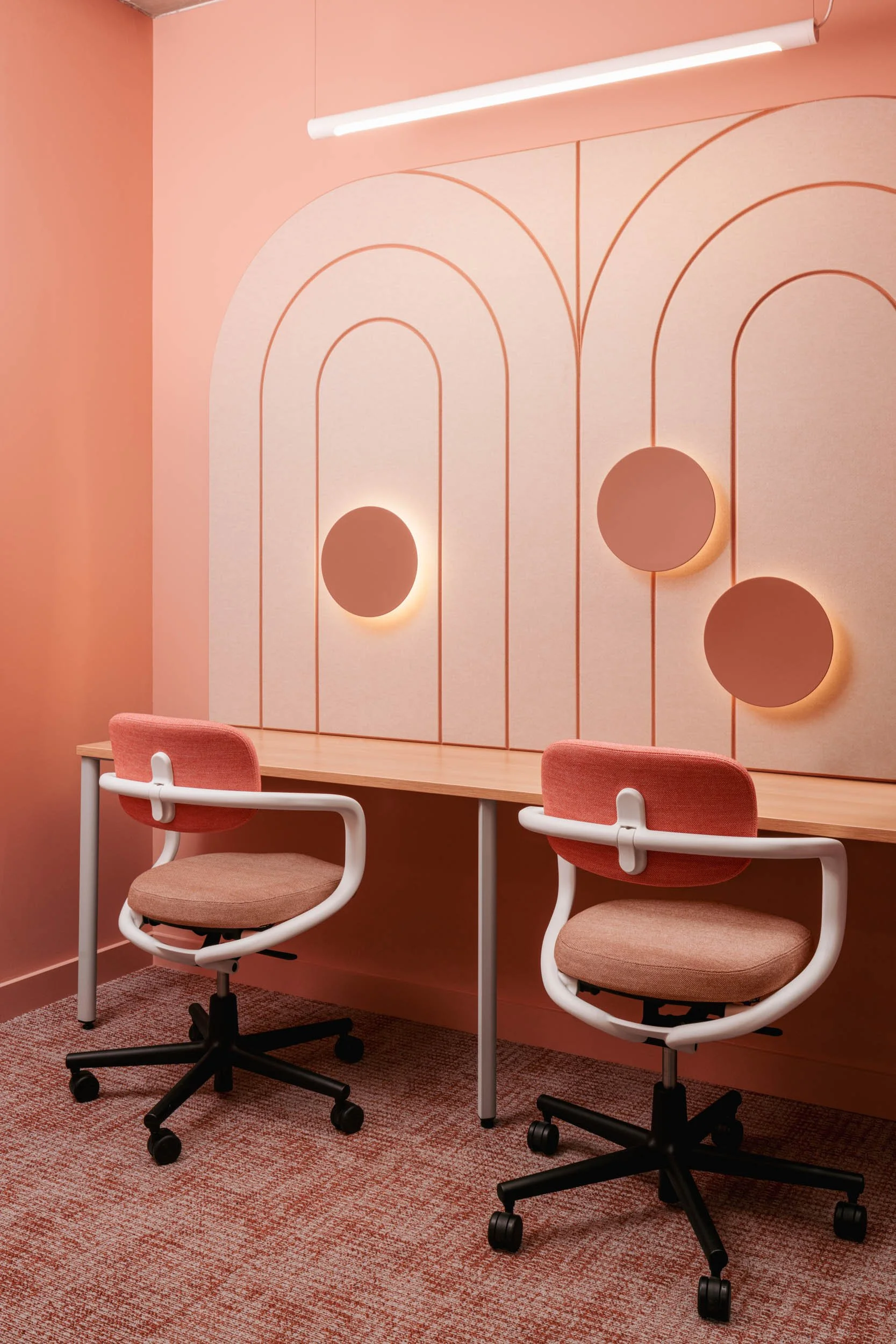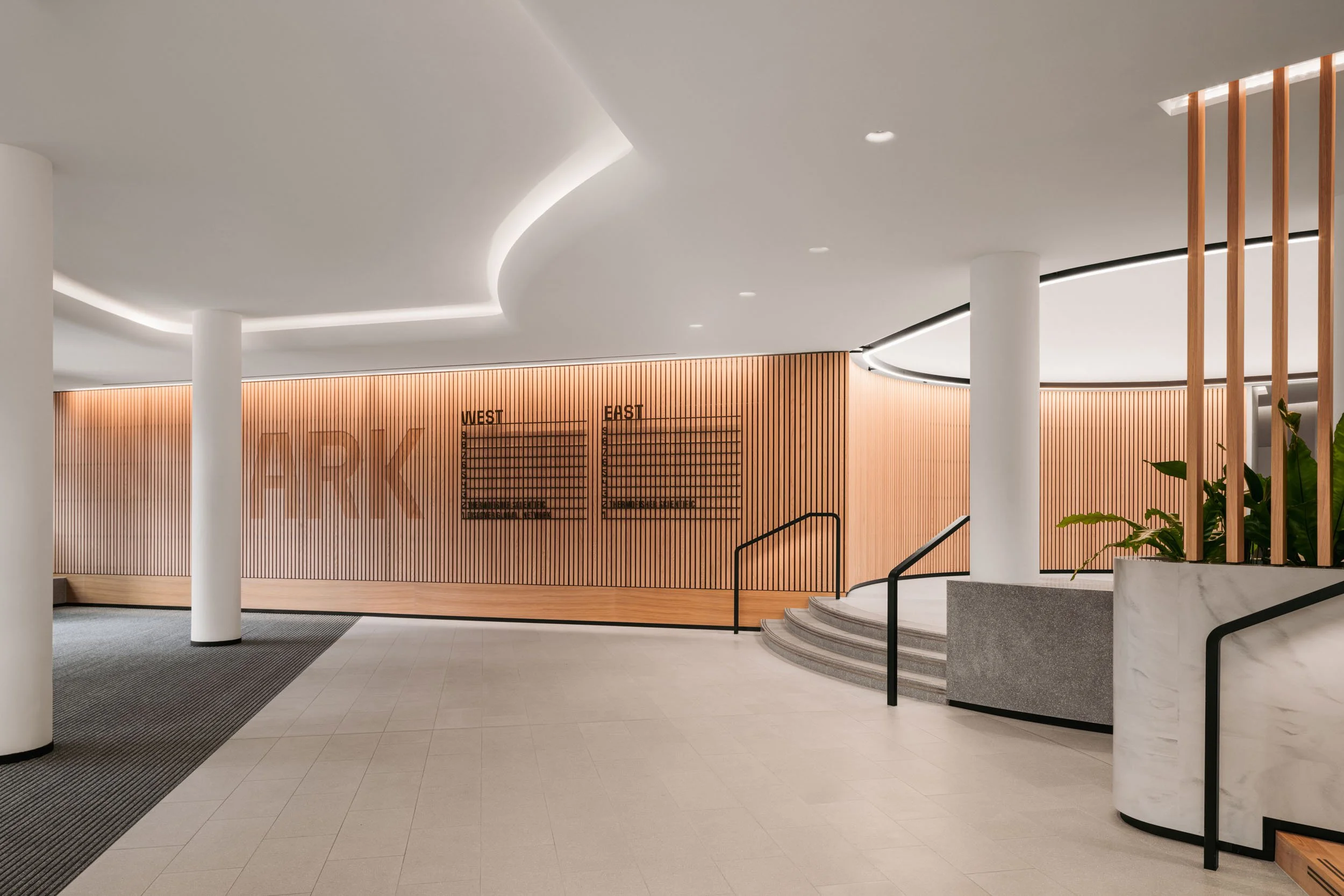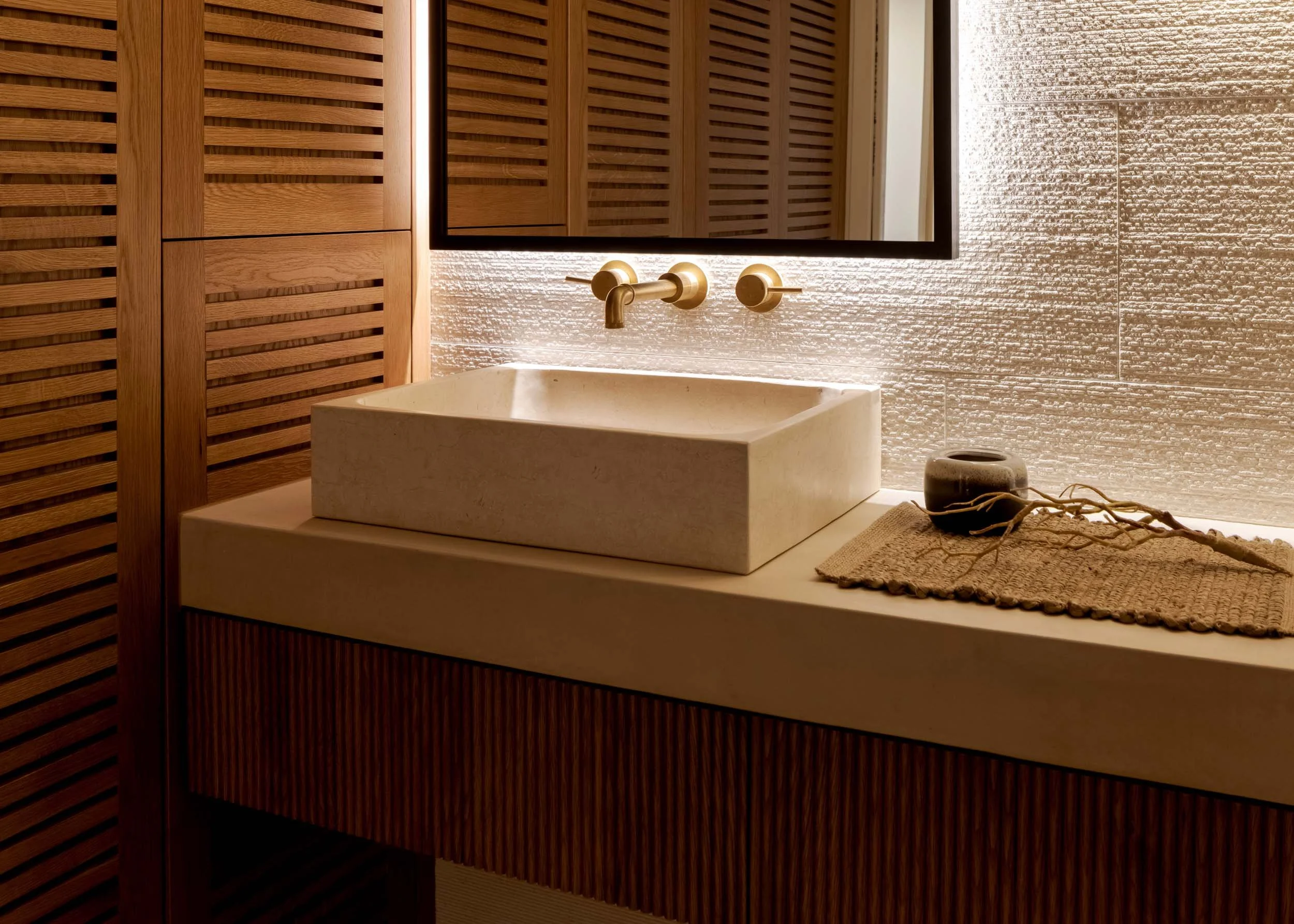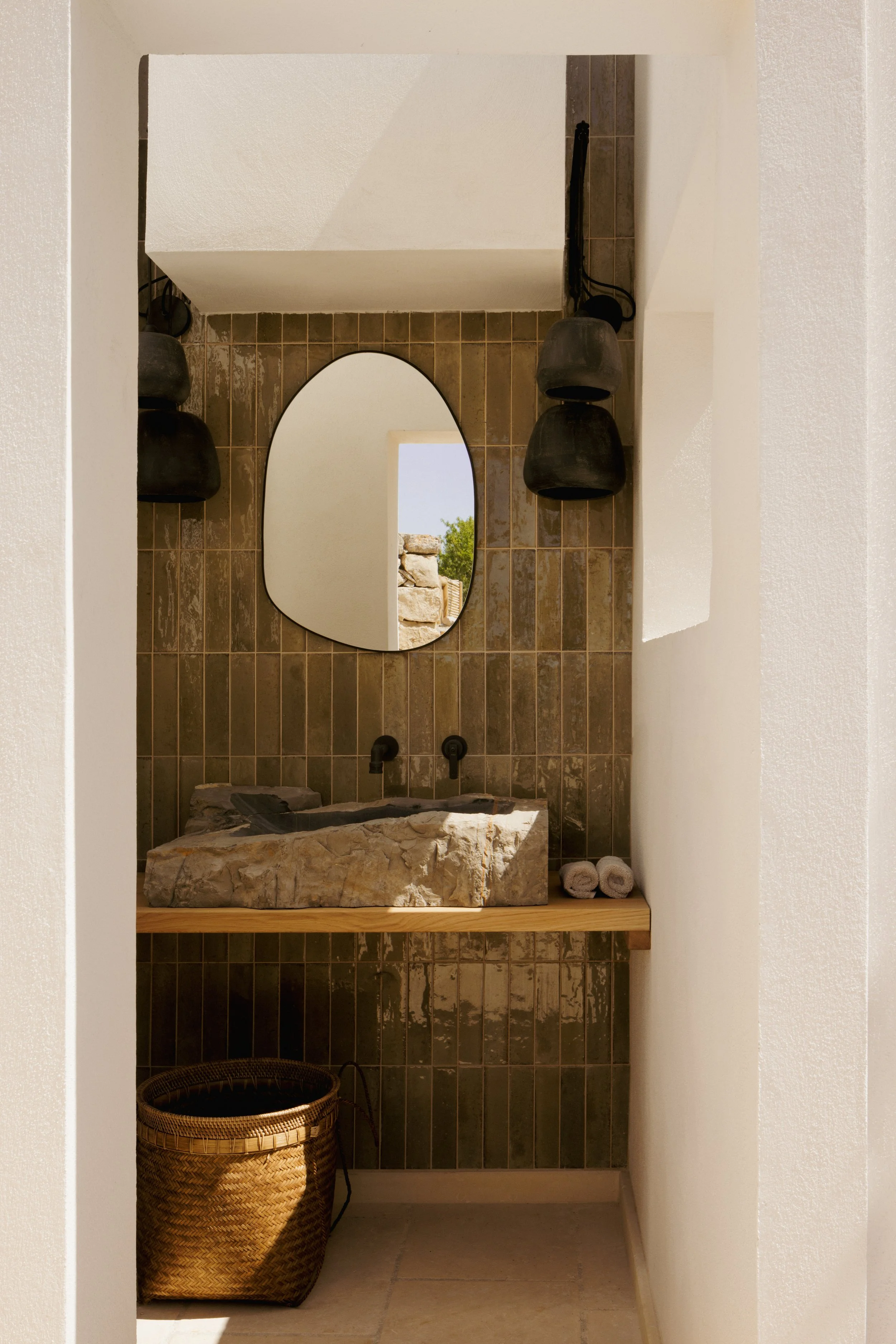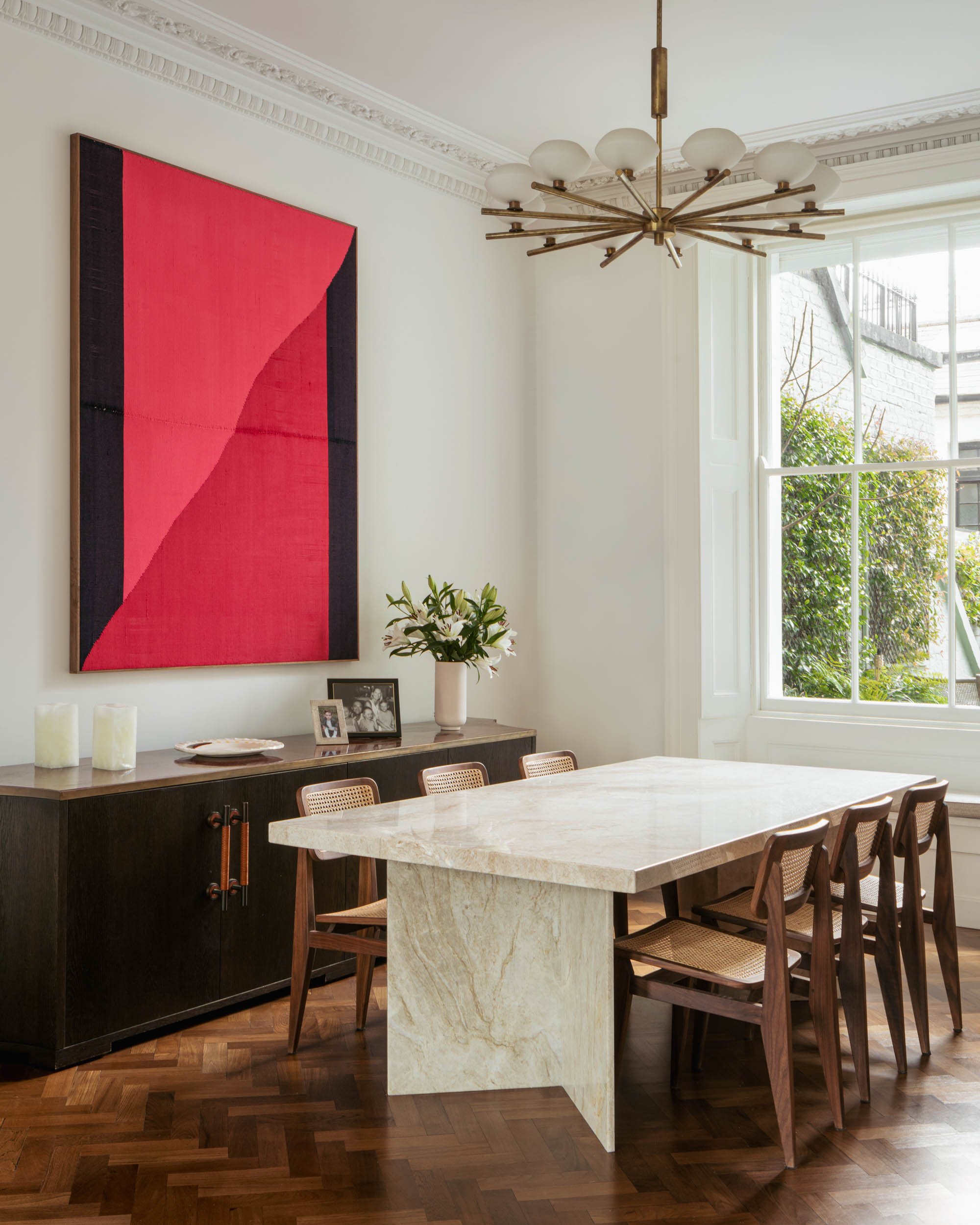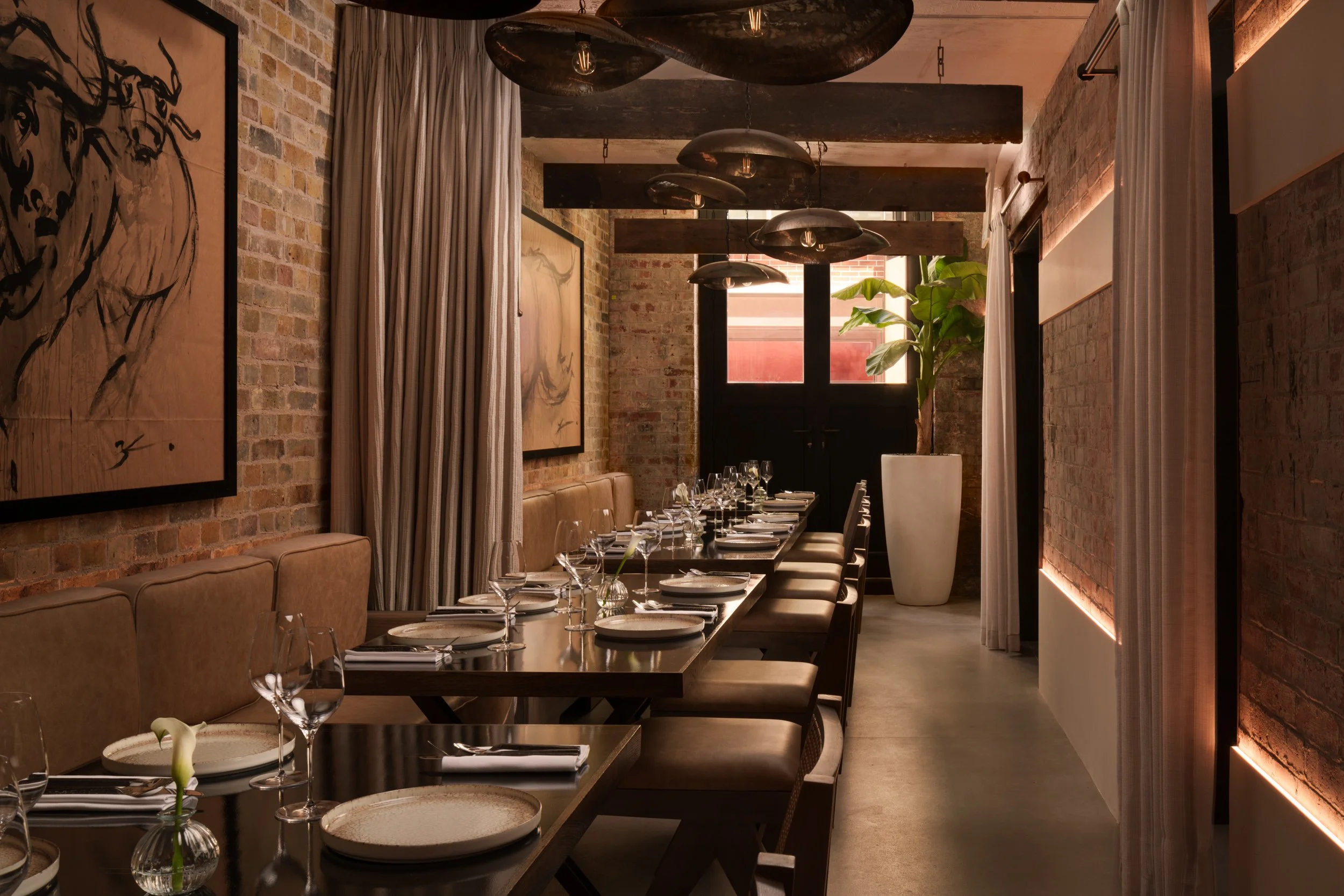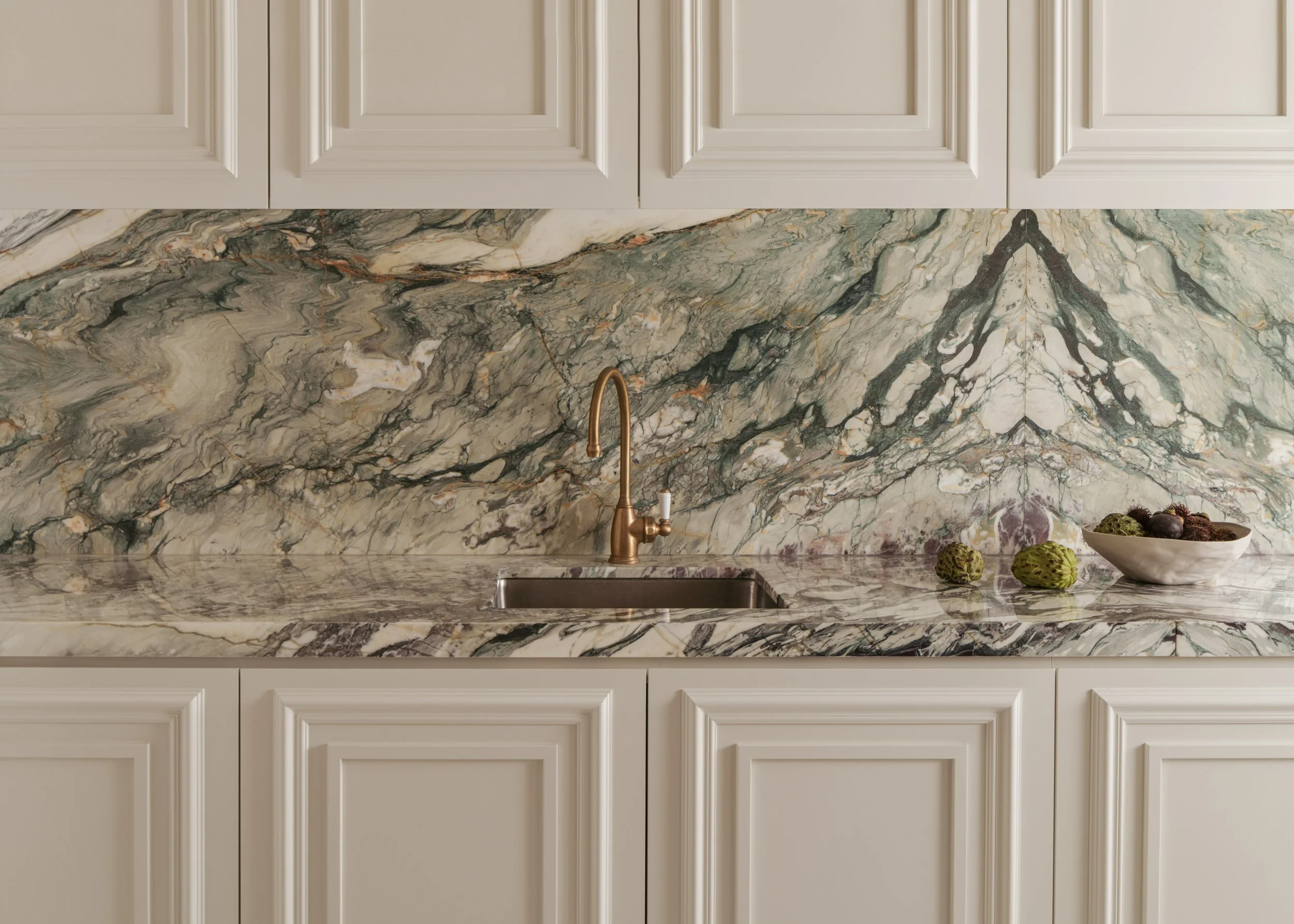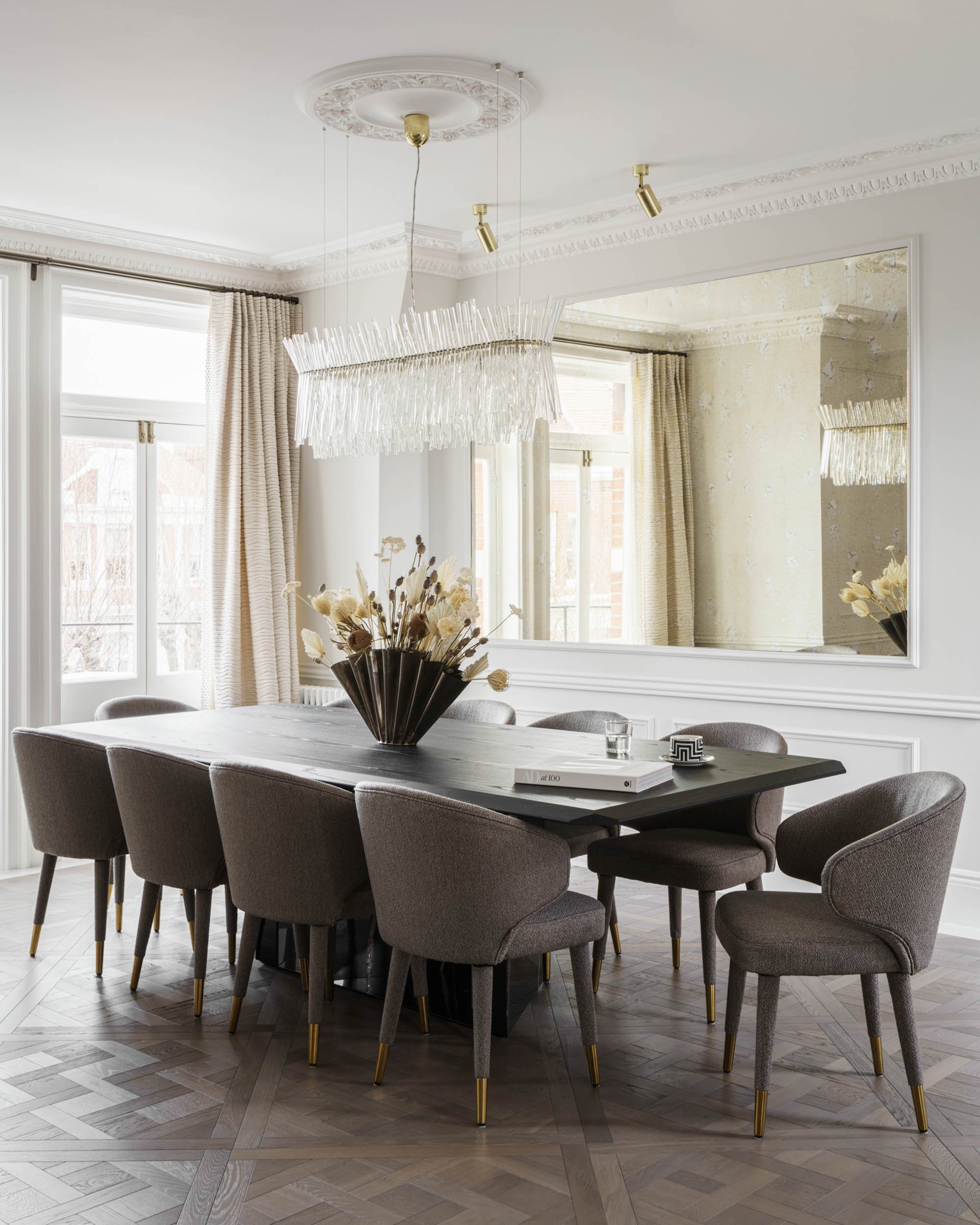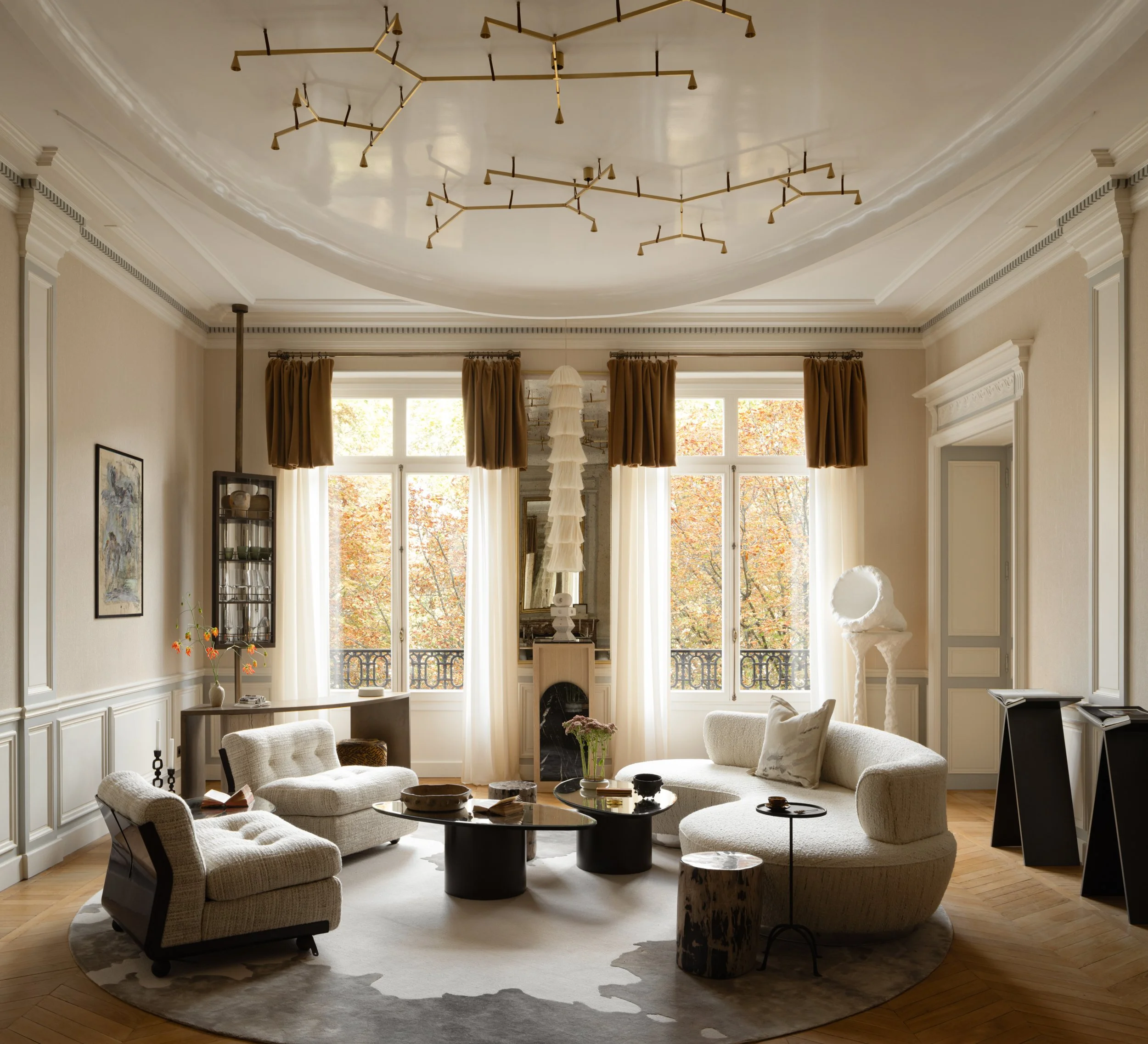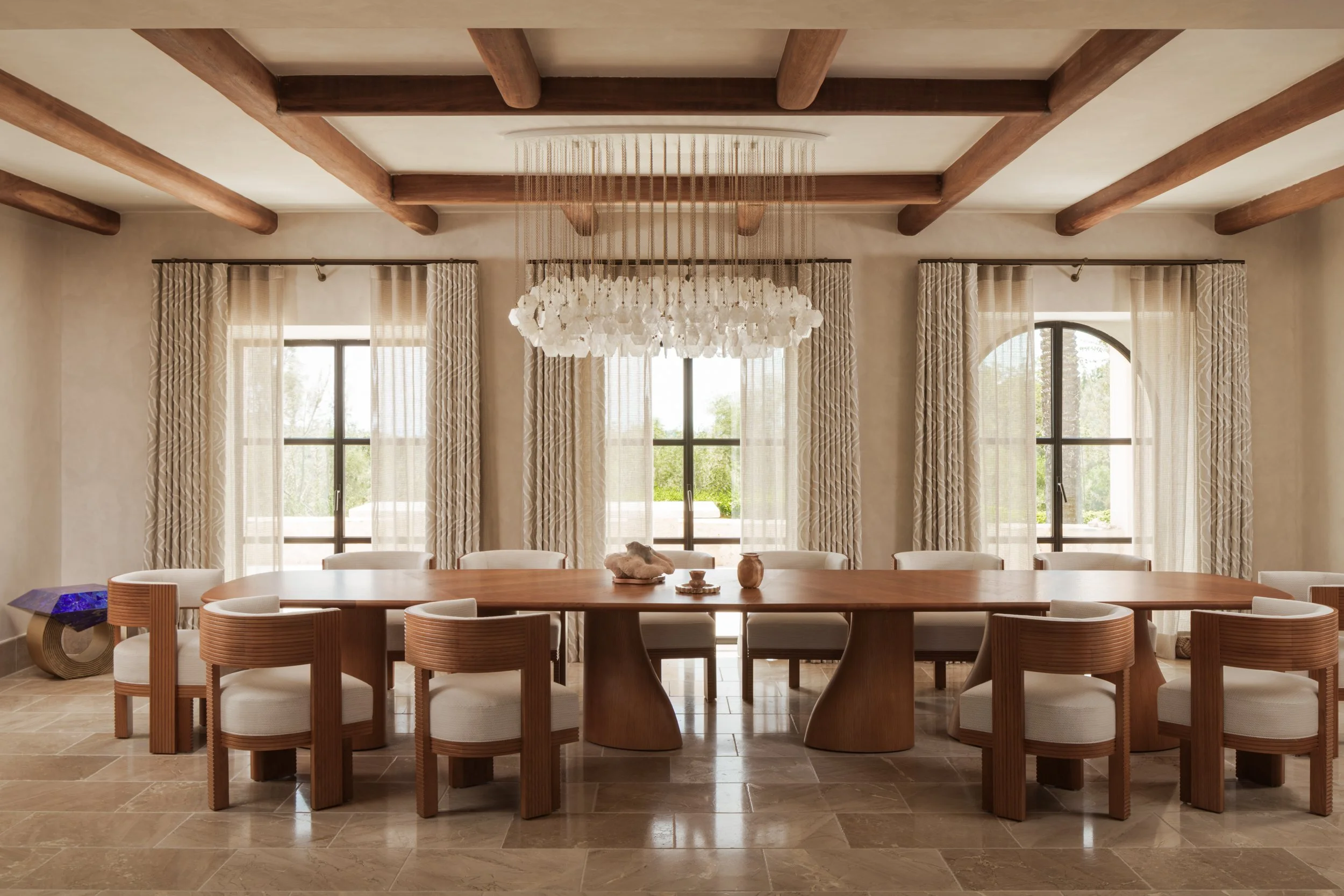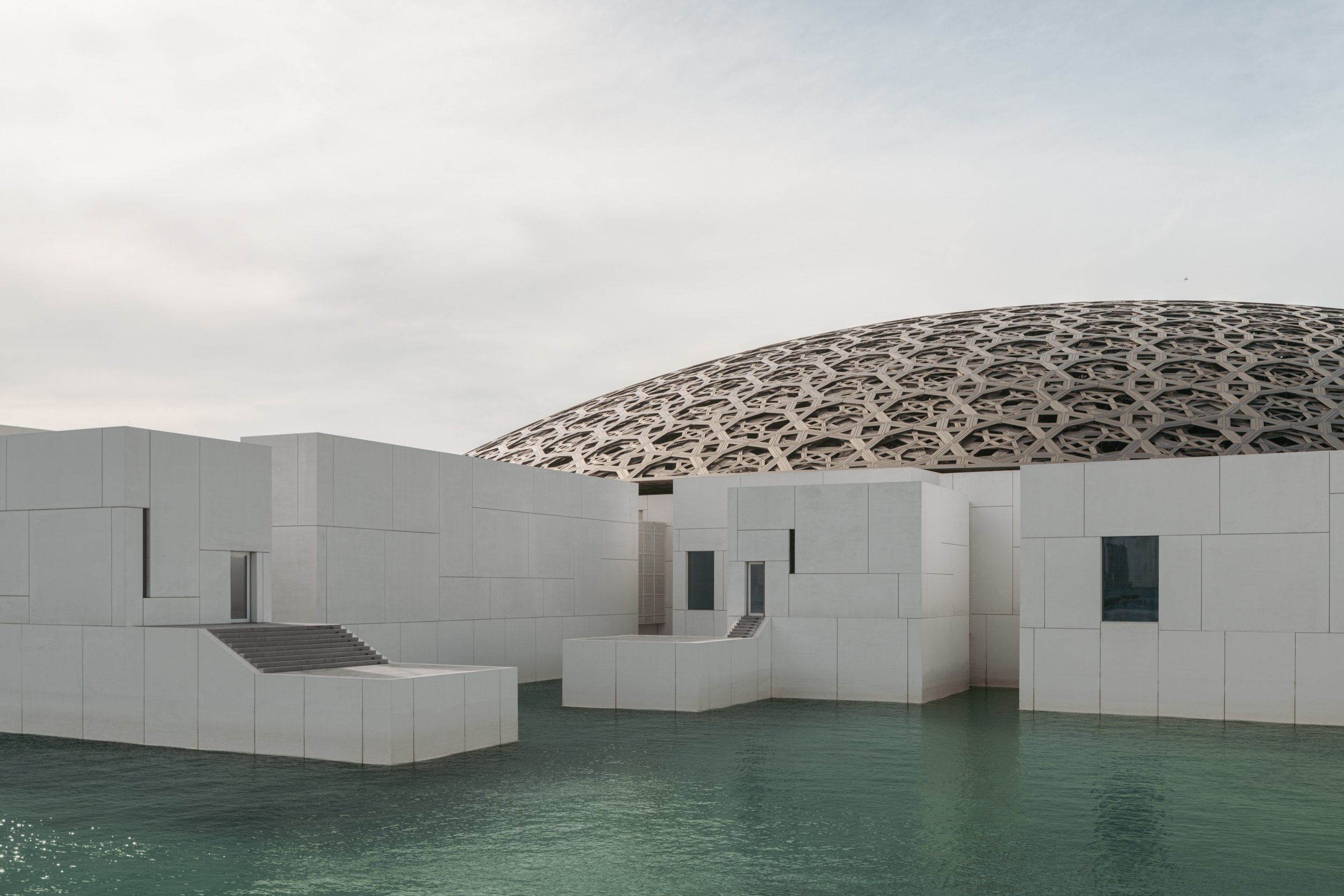
LONDON ARCHITECTURE PHOTOGRAPHER
Bringing Architectural Masterpieces to Life Through Photography
I am an architectural photographer based in London with a global reach, dedicated to creating exceptional imagery that showcases my clients' most significant and career-defining projects. Whether it's an award-winning structure or an understated design, I aim to elevate every project to new heights through striking, graphically strong compositions, perfectly framed, staged, and meticulously post-produced to leave a lasting impression.
I collaborate with both large international architectural firms and smaller local studios, adapting my approach to meet the unique needs and expectations of each client. My passion lies in crafting visuals that not only capture the essence of a space but also propel my clients forward, helping them win awards, attract new opportunities, and build their reputations. Together, we can transform even the simplest projects into compelling, high-impact visuals that resonate with their audiences.
Showcasing London’s Architectural Excellence Through My Lens
From a young age, I have been captivated by buildings and architecture. The way structures define a city’s identity and influence our experience of the world has always fascinated me. As an architectural photographer in London, I specialise in capturing the essence of the built environment, from iconic civic projects to contemporary commercial spaces.
I take a creative approach to architectural photography, focusing on composition, scale, and lighting to highlight the unique design elements of each structure. Every building tells a story, and my goal is to showcase its form, function, and relationship with its surroundings through compelling imagery.
Architectural photography requires careful planning, a thorough understanding of light, and a keen eye for composition and perspective. Whether capturing intricate architectural details or the grandeur of a landmark, I ensure that my images reflect the architect’s vision while emphasising the building’s structure, materials, and spatial impact.
In post-production, I refine each image to enhance its clarity, contrast, and colour balance, ensuring the final visuals maintain the integrity of the design. By delivering high-quality, polished images, I help architects, developers, and designers showcase their work in the best possible light.
If you're looking for a professional architectural photographer in London, I’d love to discuss your project and help bring your vision to life.
FEATURED PROJECTS
Olga Ashby - Rive Gauche| Paris
Jean Nouvel - Louvre Abu Dhabi | UAE
Star Alliance - CDG Airport Lounge | Paris
Gensler - Edelman | London
Natural Asthetik - Villa Project | Ibiza
Bergman - Asani Yacht | Monaco
Rina Vastu - Vastu Project | London
Covet Noir - No67 | London
Olga Ashby - Burgundy | Paris
The Perfectionist - Paradise Peak | Koh Samui
Jean Nouvel - National Museum of Qatar | Doha
Bergman - Finca Project | Mallorca
AS SEEN IN
Choosing Vigo Jansons for Architecture Photography
-
Architectural photography is about capturing the essence of a structure—its design, functionality, and the experience it offers. Whether you're an architect, interior designer, real estate developer, or marketer, great architectural photography is essential for showcasing projects and inspiring clients. Architecture thrives on clean lines, strong shapes, and precise patterns. Making a structure stand out is all about thoughtfully framing those elements. Symmetry and geometry define a building’s personality, and my goal is to highlight these details to bring order and beauty to the forefront. Natural light is critical to exteriors. I aim for golden hour shoots—when the light is soft and warm—to avoid harsh shadows and bring out the architectural features. For interiors, daylight filtering through windows adds warmth, inviting viewers to appreciate the space as if they were there. Supplemental lighting can be added to help balance the light and create more depth, showcasing the dimensionality and textures. The right mix of lighting enhances the ambience and showcases how light plays a role in the design.
-
Buildings don’t exist in a vacuum. Capturing how a structure interacts with its environment adds depth to the photos. Whether the building sits in an urban jungle, on a serene waterfront, or in a rural landscape, I use the surroundings to tell a complete story. By including surrounding elements—trees, other buildings, landscapes—the architecture’s relationship with its environment becomes clear. These details ground the building in its setting, offering viewers a sense of place and scale. Close-up shots of textures and finishes showcase the craftsmanship involved in the design, highlighting the intricate work that sets the architecture apart. Architectural photography showcases what makes a building unique. Whether it's an innovative facade, bespoke interior design, or sustainable features, I emphasise these elements to capture the structure's unique identity. Architectural photography isn’t just about a room's appearance—it’s about how a space feels. I aim to convey the flow of a building, how rooms connect, and the relationship between indoor and outdoor areas. The right shot can give viewers a sense of movement, helping them experience the space. Including people or familiar objects in the frame provides a reference point, helping viewers grasp the size of a building or room. This approach enhances the sense of scale and makes the architecture more relatable. Post-production is where architectural photography truly shines. Editing ensures perfect lighting, correction of distortion, and vibrant yet true-to-life colours. Delivering crisp, professional images that reflect the architect’s vision is crucial.
-
Architectural photography captures the finished product, serving as a visual record of the entire design process, often taking many years to complete. It’s not just a way to showcase the result; it becomes a vital part of an architect’s portfolio, immortalising their work for future clients and projects. High-quality photos are essential marketing tools for architects, designers, and real estate developers. Potential clients see these images on a website, brochure, or social media. The right photos help promote services, generate interest, and showcase the full scope of an architect’s style and capabilities. Strong imagery is crucial for submitting projects for design awards or getting featured in industry magazines. Architectural photography that captures the essence of a project can make it stand out, increasing the chances of being recognised or published. Regarding client communication, a photo is worth over a thousand words. Architectural photography helps clients better understand a project’s outcome, clearly explaining the design’s intent and execution. Great architectural photography doesn’t just showcase a building—it inspires. These images spark new ideas for other architects, designers, and the public, influencing future projects and pushing the boundaries of what’s possible in design.
-
Videos provide a dynamic perspective, allowing viewers to see how light moves through a space, how rooms connect, and how the building flows. It gives a sense of real-time movement, making the experience more engaging than still images alone. One key aspect of architectural design is how spaces transition. Video allows viewers to follow the natural flow of a building, highlighting its functionality and seamless design. Drones offer stunning aerial views, providing a unique perspective on how the building fits into its environment. With video, architects can include a voiceover or text explaining the design philosophy behind a project. This adds a narrative layer that deepens the understanding of the architecture, helping viewers connect with the project on a more personal level. Video is a powerful marketing tool that can be easily shared on websites and social media. It offers a complete, immersive view of the project, reaching a wider audience and helping potential clients envision themselves in the space. Architectural photography and videography are more than just ways to document a building—they’re essential for capturing the design, beauty, and innovation behind each project. For architects, these visuals are invaluable tools for promoting their work, engaging clients, and inspiring the design community.




